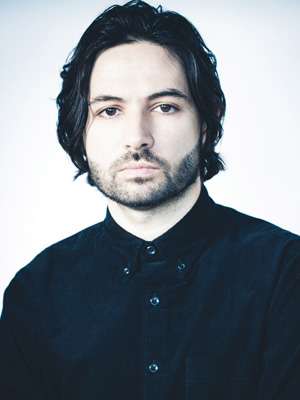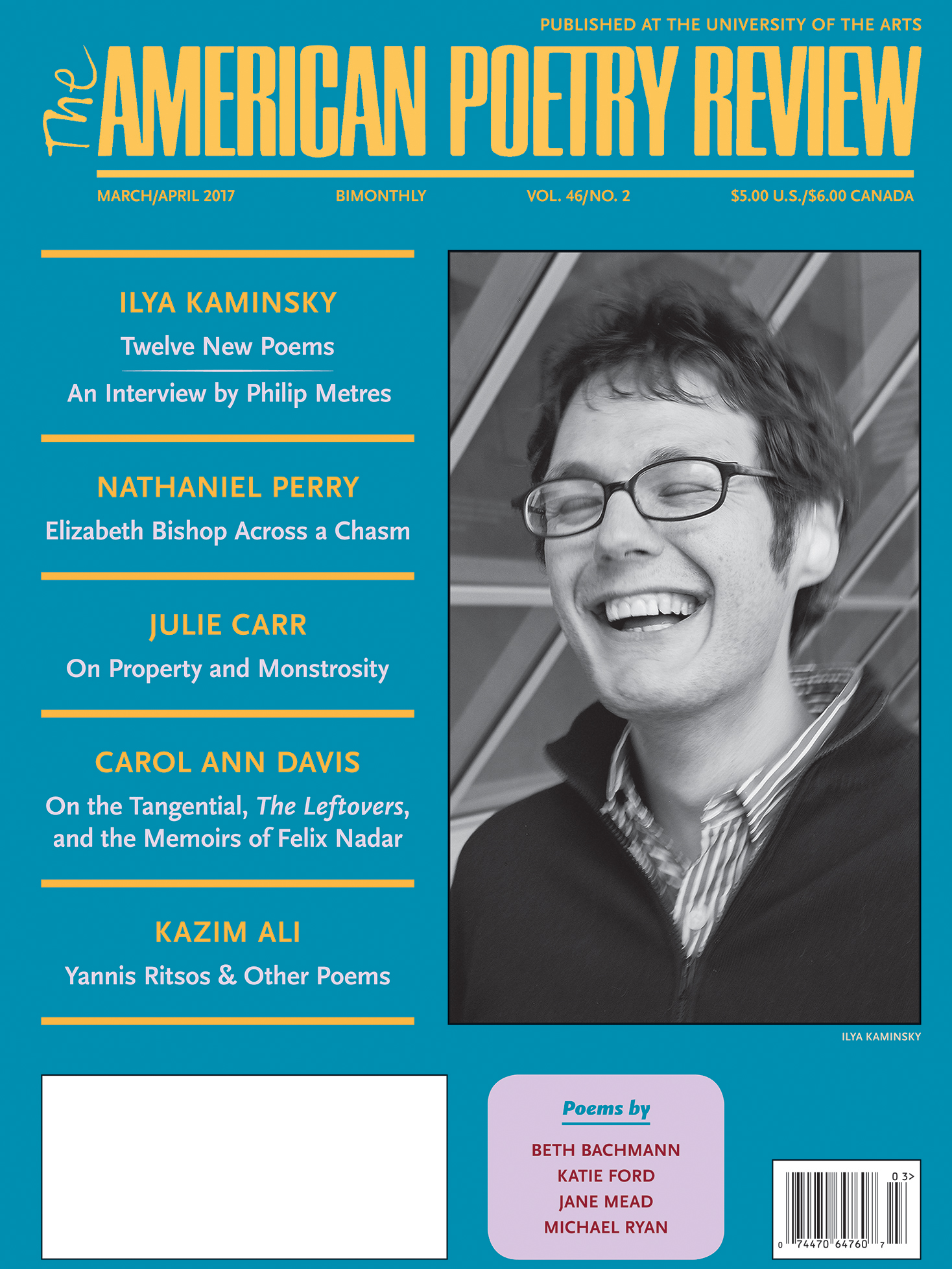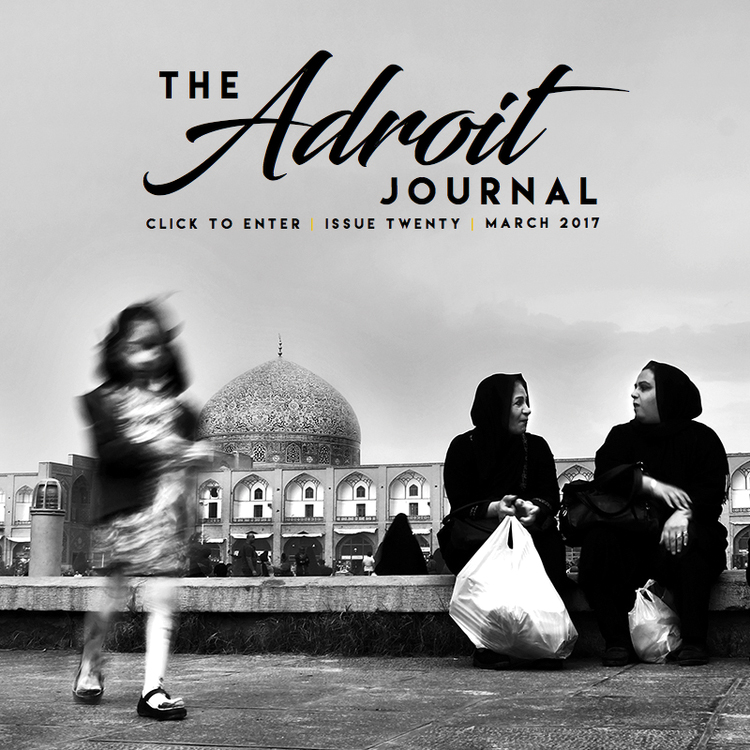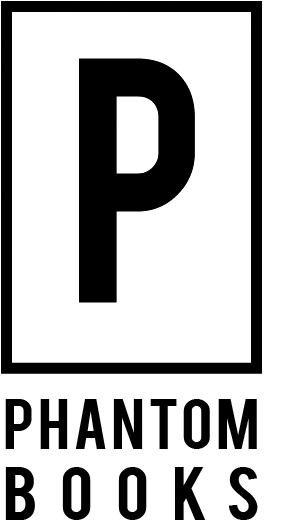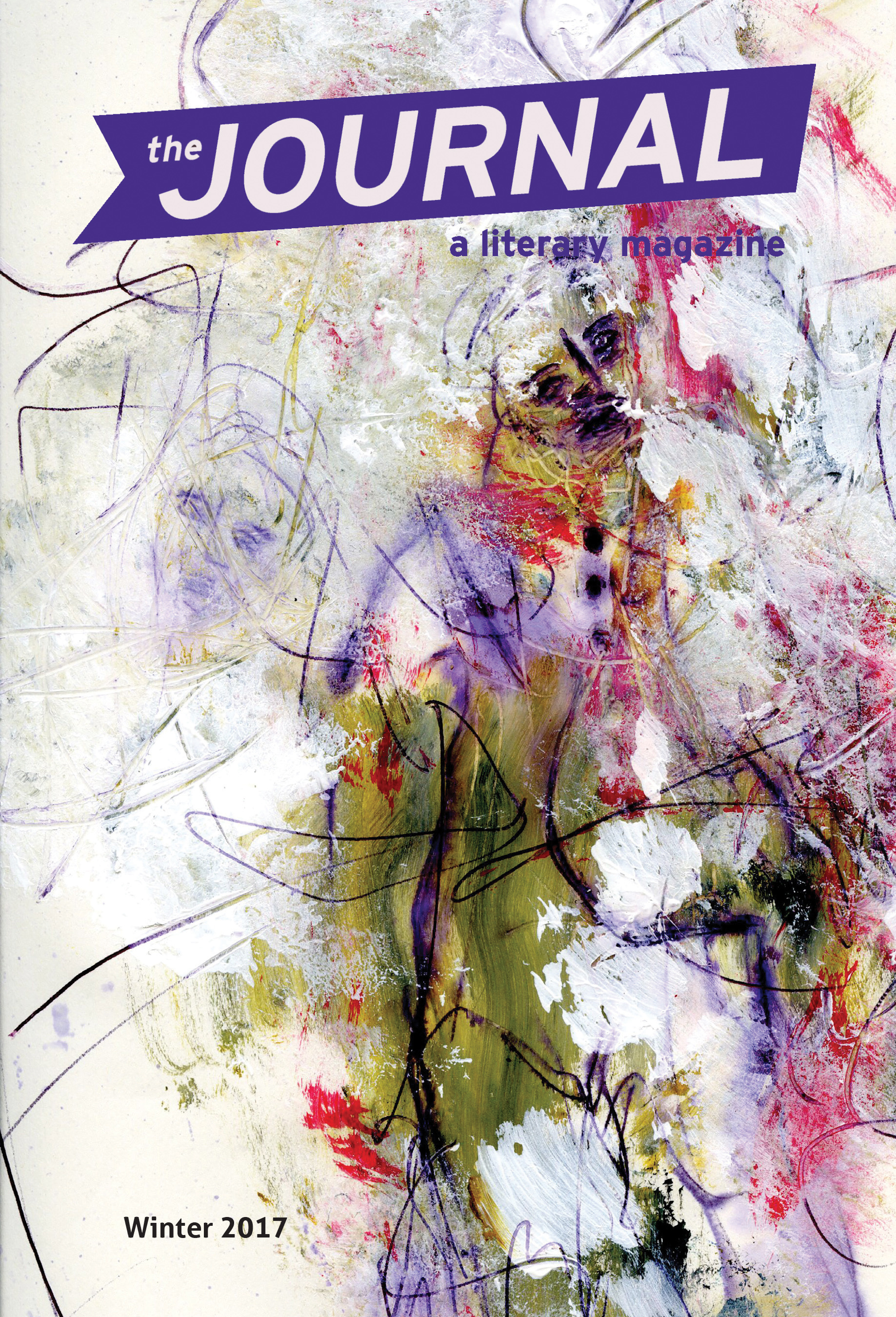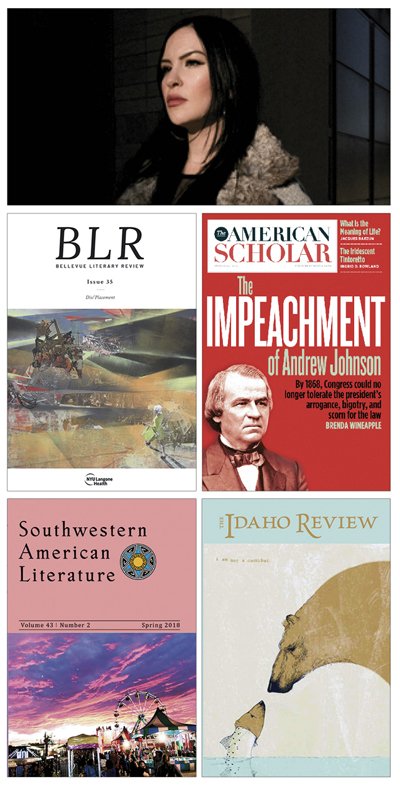Small Press Points: BkMk Press
In the hardscrabble world of small presses, a ten-year anniversary is a major achievement, so BkMk Press, which is approaching its fiftieth, has much to celebrate. Founded in 1971 as an outlet for Midwestern writers, the press first published poetry chapbooks out of a local branch of the Johnson County Library in Kansas. Today BkMk’s office is located at the University of Missouri in Kansas City, where editor in chief Robert Stewart also oversees the press’s affiliated magazine, New Letters, and the radio show New Letters on the Air. BkMk annually releases about six full-length collections of poetry, short fiction, and nonfiction; it has published more than eighty titles by local, national, and international writers. “Book publishing continues to be dominated by the East Coast, but BkMk gives Missouri and the Midwest a seat at the publishing table,” says managing editor Ben Furnish. In July BkMk will publish Lorraine M. López’s story collection Postcards From the Gerund State, and in the fall it will release Beverly Burch’s poetry collection Latter Days of Eve and Jennifer Wisner Kelly’s story collection, Stone Skimmers. In honor of BkMk’s origins as a chapbook publisher, the editors plan to launch a chapbook competition in 2020. The press currently hosts two other annual contests: the John Ciardi Prize and the G. S. Sharat Chandra Prize, given for a poetry collection and a story collection, respectively. Both competitions open on June 1 and include a $1,000 prize and publication. General submissions are open via Submittable and postal mail until June 30.
Small Press Points: BOAAT Press
When poet Sean Shearer started BOAAT Press in 2014, he wanted to combine his two loves: poetry and book arts. “Our aim was to create something beautiful as well as meaningful by publishing emerging writers and housing their words inside our signature books,” says managing editor Catherine Bresner, who joined the staff in 2015. That signature style is part of what has set BOAAT apart from the beginning: The press’s first titles, all chapbooks made from materials such as banana peels, seaweed, Spanish moss, cotton linters, and construction paper, resemble tidal waves, the seashore, or other nautical scenes. The editors even constructed some books out of wood to look like miniature docks, complete with fishing net and seashells. “These books don’t belong on bookshelves,” writes Shearer on the press’s website. “They belong out in the open, plopped on desks and coffee tables to turn heads and wow anyone in the room.” Today, in addition to handmade books, BOAAT publishes one traditionally bound chapbook and up to two full-length books each year through its two annual contests. The press also publishes BOAAT Journal, edited by poet sam sax, which has published up-and-coming poets including Cortney Lamar Charleston, Jameson Fitzpatrick, Emily Skaja, and Chelsea Dingman. The press’s forthcoming titles include Alison Stagner’s The Thing That Brought the Shadow Here, which Nick Flynn selected as winner of the 2018 book prize, and Alycia Pirmohamed’s Faces That Fled the Wind, which Camille Rankine chose as winner of the 2018 chapbook prize. Submissions to BOAAT Journal are open year-round; submissions for both the chapbook prize and book prize are open during the month of April.
Small Press Points: Spork Press
“To feature the work that amazed us,” Richard Siken says when asked why he and Drew Burk started the literary magazine Spork in 2000. “A parallel goal was to show that it was possible to start and run a magazine, and eventually a press, without external or institutional support and to maybe start chipping away at the notions of gates and gatekeepers. If you’re not asking for money or permission, then nobody can tell you no.” For the past nineteen years Siken and Burk have thus forged their own path through the literary landscape and in 2010, with the help of Jake Levine, Andrew Shuta, and Joel Smith, expanded the magazine into Spork Press, which now publishes chapbooks and full-length books of poetry and fiction. The editors, who are “invested in voice-driven work that evokes rather than recounts,” make all the press’s books by hand in Tucson, Arizona. “We’re looking for narrators that inhabit and enact,” the editors say on the website. “We want speakers that can render their investment in the subject matter.” Spork has published books of poetry by Kazim Ali, Sophia Le Fraga, and Ariana Reines, as well as books of fiction by Casey Hannan, Kathleen Rooney, and Colin Winnette. Recent titles include Jennifer Juneau’s novel, ÜberChef USA, and two poetry collections, Rae Gouirand’s Glass Is Glass Water Is Water and David Welch’s Everyone Who Is Dead. Looking ahead, the editors are experimenting with new production techniques—blind stamping, full-bleed wraparound covers, and designs that use overlapping transparent inks, for example—and are considering printing machine-made editions to meet demand. Spork will be open for submissions in the summer.
Small Press Points: Unicorn Press
After four years as an apprentice at poetry publisher Unicorn Press, Andrew Saulters took the reins from Alan Brilliant in 2016, fifty years after Brilliant founded the press in Santa Barbara, California. Saulters, who edits and binds the press’s books himself in Greensboro, North Carolina, seeks to carry on the editorial vision of Brilliant and his longtime partner, Teo Savory, who died in 1989. “I’ve tried to follow Al’s editorial spirit in looking at publishing as a way that work enters the cultural commons,” says Saulters. “It’s not enough that the publisher like the work, but the work should also add something to what is already available to readers.” Unicorn Press publishes four to six books of poetry each year, at least two of which are full-length collections, and counts Robert Bly and Muriel Rukeyser among its many authors. The press recently published a haiku collection by the Carolina African American Writers Collective, One Window’s Light, edited by Lenard D. Moore, and in November will release Lynn Otto’s first book, Real Daughter, and Wayne Johns’s Antipsalms. Otto and Johns were selected from the press’s first-book competition, held annually in the spring; the press is open to general submissions of full-length and chapbook-length poetry collections from October through December.
Small Press Points: 7.13 Books
July 13 holds special importance for writer and publisher Leland Cheuk. Not only is it the day that, in 2014, he found out his life had been saved by a successful bone marrow transplant from a stranger, but it’s also the day that his first novel, The Misadventures of Sulliver Pong, was picked up by the Chicago Center for Literature and Photography. Two years later, on the same day, Thought Catalog sent him an offer for his first story collection, Letters From Dinosaurs. So when Cheuk decided to start his own small press in 2016, he didn’t hesitate to name it 7.13 Books (713books.com). Publishing four to five fiction titles a year from debut writers, the press seeks to offer “a publishing experience that’s respectful to and even reverent of first-time authors.” Cheuk wants the press, which is located in New York City, to avoid the pitfalls of both traditional publishing houses—which he describes as elitist and at risk of publishing the same kinds of books—and indie presses, which he admits are often understaffed and unresponsive. Cheuk replies to each submission within four to eight weeks and offers brief constructive feedback even for those he rejects. The writing—not a writer’s pedigree—matters to him most. In July, 7.13 Books will publish Willie Davis’s Nightwolf, about a seventeen-year-old dropout whose brother has gone missing, and in the fall the press will release Jenn Stroud Rossmann’s The Place You’re Supposed to Laugh, about a working-class family in California’s Silicon Valley. Cheuk says both novels have wit and humor, noting that his own taste leans toward literary comedies. Submissions of story collections and novels are open until November 1 via Submittable.
Small Press Points: Bottlecap Press
“To put it in Hollywood terms,” says Bottlecap Press (bottlecap.press) founder and editor C. A. Mullins, “we think of ourselves more as producers than directors.” Established in Skagway, Alaska, in 2014, the self-described “millennial publishing outfit,” now based in central Missouri, is dedicated to putting its authors first by allowing them more creative control over their books.“Our philosophy is that we’re the ones working for the authors, not the other way around,” says Mullins. The press, which publishes one to two chapbooks and full-length books of poetry and fiction every month, offers editorial and design guidance more as “suggestions rather than mandates,” says Mullins. The resulting books, hand-printed by the editors, are diverse in design and aesthetic. Recent and forthcoming titles include Sarah Kennedy’s debut poetry collection, How to Find a Husband (April) and Andrew Duncan Worthington’s story collection A Very Small Forest Fire (June). In addition to traditional books, Bottlecap Press also welcomes mixed-media work: Kennedy’s collection, for example, incorporates photographs from her parents’ personal archives and is part of a larger performance project in conversation with Wendy Stehling’s 1985 book, How to Find a Husband in 30 Days. Mullins also plans to launch digital multimedia projects in the future, including a YouTube channel that will feature poetry, music, film, storytelling, performance art, and animation, and the editors have recently begun looking for artists to illustrate some of the press’s older chapbooks. The press accepts submissions in poetry, fiction, art, and video year-round via e-mail at bottlecappress@gmail.com.
Small Press Points: Gold Wake Press
Every small press faces the choice of whether or not to charge submission fees, which can help keep a press afloat but can also exclude writers who don’t have the money to submit. Some publishers, such as Atelier26, Sundress Publications, and Gold Wake Press (goldwake.com), offer an alternative: A writer can submit a manuscript after purchasing a book from the press’s catalogue. While the cost of purchasing a book will surely still prohibit some writers from submitting, the model not only ensures that writers will get something in return for their submissions, but that they will be more familiar with the press’s aesthetic before sending their work. “We found the usual model of requiring a submission fee to be unethical,” says Nick Courtright, who runs Gold Wake Press with writer Kyle McCord. “We’d also heard so many stories of presses not really doing much to sell books once they were published, as if the whole point of the press enterprise was not to sell books but to elicit submission fees. Because we want to support our authors, this is a great way to get their books into the hands of prospective readers.” Located in Austin, Texas, and Des Moines, the press publishes about eight titles a year across genres. “We’ve done crazy poetry books, serious poetry books, novels, illustrated memoirs, short story collections, and flash fiction,” says Courtright. The editors look for work that combines “daring content with meticulous attention to form.” Recent titles, such as Erin Stalcup’s novel, Every Living Species, and Frances Cannon’s graphic memoir, The Highs and Lows of Shapeshift Ma and Big-Little Frank, have blurred the line between image and word, while others, such as Glenn Shaheen’s short story collection, Carnivalia, have combined poetry and prose. In the fall the press launched a triannual journal, Gold Wake Live, which is open for submissions in all genres year-round via Submittable. For those who have purchased a Gold Wake Press title, the press is open to full-length manuscripts via Submittable from March 1 to April 15.
Small Press Points: Saddle Road Press
On a plateau at the center of the island of Hawai’i, Saddle Road runs between two nearly fourteen-thousand-foot volcanoes, one of which is active. “It is a strange, isolated, and terribly beautiful land of black lava and vast light,” says Ruth Thompson, the publisher of Saddle Road Press (saddleroadpress.com), founded in Hilo, Hawai’i, in 2011. A similar description might apply to the style of work that Thompson and her team of editors look to publish at Saddle Road Press. Michael Collins’s poetry collection Appearances (November 2017), for example, is a meditation on nature not as “some place you visit / some museum to nostalgia through,” but rather, Thompson says, as “a place of meeting and confrontation between nature and civilization, art and subject, consciousness and the unconscious, life and death.” Jessamyn Smith’s hybrid prose and poetry collection Gilgamesh/Wilderness (March 2018), a follow-up to her 2016 novel-in-stories The Inugami Mochi, addresses mythology, nature, and grief. Gillian Barlow’s essay collection, Nomad’s Home (February 2018), “interweaves the author’s experience in designing aboriginal housing with the ancient Japanese text Hōjōki, aikido, thoughts on the idea of ‘house,’ a long-buried family secret, Australian bars, racism, and the idea of translation,” says Thompson. The press publishes poetry, fiction, and nonfiction, though the editors are specifically seeking collections of lyric essays and hybrid prose and poetry. The editors also plan to launch a chapbook series of work from or about islands in the Pacific. Submissions of full-length manuscripts are open until January 31 via Submittable.
Small Press Points: Holy Cow! Press
The name Holy Cow! Press, complete with exclamation point, came to publisher Jim Perlman in a dream. Forty years ago that dream became an independent press, which today boasts a catalogue of more than 125 poetry collections, novels, story collections, memoirs, biographies, and anthologies. Perlman, who runs the press out of his home in Duluth, Minnesota, is committed to publishing the work of writers living in the Midwest, a “territory traditionally ignored by larger indie publishers,” he says. The press has published the work of writers such as Minnesota poet laureate Joyce Sutphen, poet Louis Jenkins, young adult writer Jane Yolen, and the late Brenda Ueland. Holy Cow! Press releases three to five books each year, 40 percent of which Perlman estimates are poetry collections. To celebrate the press’s fortieth anniversary this year, Perlman has organized readings in Duluth; in October the press will also participate in the Iowa City Book Festival and the Twin Cities Book Festival, where Rain Taxi will hold a tribute event for the press with readings, a Q&A, and a book signing. Holy Cow! Press will also publish two new titles this fall: Subtle Variations and Other Stories (October) by Minneapolis author Miriam Karmel and Winds & Currents (November), a book of retold and illustrated Native American stories by Duluth author and artist Joan Henrik. Submissions are open year-round; send a query via e-mail or postal mail.
Small Press Points: Sibling Rivalry Press
“Our mission is to publish work that disturbs and enraptures,” says Bryan Borland, publisher of the Little Rock, Arkansas–based Sibling Rivalry Press (siblingrivalrypress.com). “The press has always positioned itself as a stage and a microphone for anyone who is ‘other’…. Any time we’ve been tempted to move toward more mainstream projects, the world has always had a way of reminding us that our purpose is to build bridges. I know firsthand that when you find someone whose voice makes you feel less alone, it can save your life.” Since founding Sibling Rivalry Press in 2010, Borland has consistently delivered on that mission. He and editor Seth Pennington have championed the work of many LGBTQIA authors, publishing the early work of up-and-coming poets such as Ocean Vuong, sam sax, Christopher Soto, and Saeed Jones, and also recently launched the Undocupoets Fellowship, given to undocumented or previously undocumented poets, to help defray the cost of poetry-related submission fees. And in January the press published If You Can Hear This: Poetry in Protest of an American Inauguration, an anthology of work by seventy poets responding to the recent presidential election. The press also publishes three literary magazines: Adrienne, a journal of poetry by queer women; Assaracus, a journal of poetry by gay men; and Callisto, a journal of queer fiction. The press recently published Kaveh Akbar’s chapbook, Portrait of the Alcoholic, and will also put out books from poets Franny Choi and Sarah Browning later this year. While Borland and Pennington publish work mostly by LGBTQIA authors and focus primarily on poetry, they are open to work of all genres from writers of all identities and sexual orientations. Manuscripts of any length can be submitted from March 1 through June 1.
Small Press Points: Aunt Lute Books
We’ve been publishing revolutionary queer women of color for thirty-five years,” write the editors of Aunt Lute Books on their website, “and we don’t plan to stop any time soon.” Editors Barb Wieser and Joan Pinkvoss founded Aunt Lute in Iowa City in 1982 to create opportunities for writers who they believed were excluded from mainstream publishing and feminism in the eighties. They have since published more than fifty books by over thirty writers, nearly all women of color, including feminist activists and writers Audre Lorde, Alice Walker, and Judy Grahn. The press has also published several anthologies of work by marginalized communities, including Filipina and Filipina American writers (Babaylan, 2000) and South Asian women in the United States (Our Feet Walk the Sky, 1993). Now based in San Francisco, the nonprofit press publishes two to four books each year of mostly fiction and nonfiction. Forthcoming titles include a reprint of Juliana Delgado Lopera’s Cuéntamelo: Oral Histories by LGBT Latino Immigrants in the fall and a critical edition of Gloria E. Anzaldúa’s Borderlands/La Frontera: The New Mestiza next spring. Although the editors are particularly interested in work by queer women of color, submissions of fiction, nonfiction, and poetry by women of all backgrounds (to be considered for inclusion in future anthologies) are open year-round via postal mail.
Small Press Points: Twisted Road Publications
The whole truth requires complex, multilayered stories,” says Joan Leggitt, publisher of Twisted Road Publications, “and not just stories relating the known world as the author sees it, but also stories of what might be, as we imagine our best and worst selves.” Guided by this principle, Leggitt founded Twisted Road in 2014 with the financial backing of a friend who was going through the final stages of a terminal illness. Based in Tallahassee, Florida, the press publishes three to four titles of fiction and nonfiction each year. Leggitt, who has worked as a book distributor and editor, finds few books challenge mainstream culture, and says Twisted Road favors “books that depict the shadowy places where the disenfranchised dwell.” She adds: “It seems as though corporate media is convinced that no one wants to hear from people with lower incomes and less education because it is generally assumed they have nothing interesting to say, nothing to teach us.” The press has published books that push against that stereotype, including Connie May Fowler’s memoir A Million Fragile Bones (April) about the Deepwater Horizon oil rig explosion in 2010; Tricia Booker’s memoir, The Place of Peace and Crickets (March), about her experience adopting children from Asia and Central America; and James Carpenter’s novel, No Place to Pray (September 2016), about two homeless alcoholics. Twisted Road is currently open to submissions via e-mail (submissions@twistedroadpublications.com).
Small Press Points: Phoneme Media
After noticing that a lot of exciting international literature wasn’t reaching English-language readers—particularly books from lesser-known countries like Burundi and Mongolia, and those written in languages like Isthmus Zapotec and Uyghur—translators David Shook and Brian Hewes decided to do something about it. In 2013 they launched Phoneme Media (phonememedia.org), a nonprofit publisher “dedicated to promoting cross-cultural understanding, connecting people and ideas through translated books and films.” 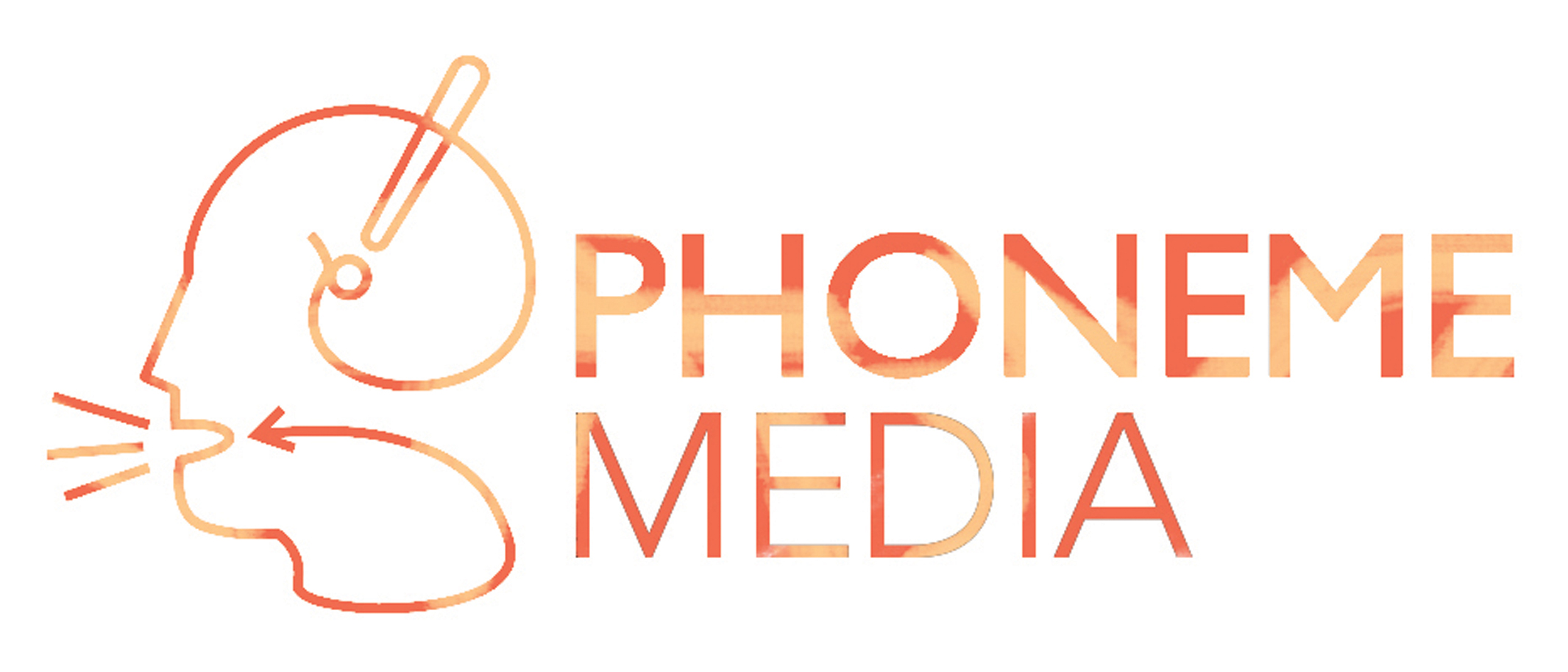 Based in Los Angeles and funded by PEN Center USA, the press publishes twelve books of translated poetry and fiction each year, and also produces literary films—video poems, paratextual films, and short documentaries—that feature the press’s authors and translators. A look at just two months’ worth of Phoneme titles is a trip across several continents: In December the press released Smooth-Talking Dog, a poetry collection by Mexican writer Roberto Castillo Udiarte—also known as “the Godfather of Tijuana’s counterculture”—translated from the Spanish by Anthony Seidman. Richard Ali A Mutu’s novel Mr. Fix-It, translated from the Lingala language of the Democratic Republic of the Congo by Bienvenu Sene Mongaba and Sara Sene, was also released in December. This month the press publishes its first Icelandic translation, Cold Moons by Magnús Sigursson, translated by Meg Matich; as well as The Conspiracy, a thriller by exiled Venezuelan novelist Israel Centeno, translated from the Spanish by Guillermo Parra. The Conspiracy is the second book in Phoneme’s City of Asylum series, which features works by exiled writers receiving sanctuary in the United States. Phoneme’s general submissions are open year-round, and can be sent via e-mail to submissions@phonememedia.org. The press is particularly interested in books by women and those translated from non-Indo-European languages.
Based in Los Angeles and funded by PEN Center USA, the press publishes twelve books of translated poetry and fiction each year, and also produces literary films—video poems, paratextual films, and short documentaries—that feature the press’s authors and translators. A look at just two months’ worth of Phoneme titles is a trip across several continents: In December the press released Smooth-Talking Dog, a poetry collection by Mexican writer Roberto Castillo Udiarte—also known as “the Godfather of Tijuana’s counterculture”—translated from the Spanish by Anthony Seidman. Richard Ali A Mutu’s novel Mr. Fix-It, translated from the Lingala language of the Democratic Republic of the Congo by Bienvenu Sene Mongaba and Sara Sene, was also released in December. This month the press publishes its first Icelandic translation, Cold Moons by Magnús Sigursson, translated by Meg Matich; as well as The Conspiracy, a thriller by exiled Venezuelan novelist Israel Centeno, translated from the Spanish by Guillermo Parra. The Conspiracy is the second book in Phoneme’s City of Asylum series, which features works by exiled writers receiving sanctuary in the United States. Phoneme’s general submissions are open year-round, and can be sent via e-mail to submissions@phonememedia.org. The press is particularly interested in books by women and those translated from non-Indo-European languages.
Small Press Points: Platypus Press
When Michelle Tudor and Peter Barnfather started Platypus Press in 2015, they considered themselves a bit of an odd fit, since neither had worked at a press or published much of their own work. But with a love of reading and a willingness to improvise and learn on the job, the pair launched the independent press to “unearth innovative contemporary poetry and prose from a broad variety of voices and experiences.” Two years later, Platypus Press has already released more than a dozen books, launched the online literary journal Wildness, and published a chapbook series through which it put out a poetry chapbook every day for twenty-four days. The press publishes mostly poetry but also nonfiction and fiction—next year Tudor says Platypus will make its “first proper lunge into the world of fiction” with a series of digital-only stories from five thousand to fifteen thousand words each. Based in Shropshire, England, Platypus mostly publishes writers from the United States and United Kingdom but has also released books by authors from Singapore, New Zealand, and India. The press’s first titles showcased the work of younger poets, many of whom are active on Tumblr, but Tudor and Barnfather have since expanded their catalogue. “As a press we are interested in all aspects of a poet’s career,” says Tudor. “We believe in giving a voice to poets at all stages of their writing journey.” Recent titles show this range, such as Shuly Cawood’s debut memoir, The Going and Goodbye, and a book of selected poems by L. G. Corey, who has been writing poetry for more than seventy years. In November Platypus will release A Portrait in Blues: Poems of the Body, an anthology that explores gender, identity, and the nature of the body. Submissions of full-length manuscripts and stories for the digital fiction shorts series are open year-round via e-mail.
Small Press Points: Platypus Press
When Michelle Tudor and Peter Barnfather started Platypus Press in 2015, they considered themselves a bit of an odd fit, since neither had worked at a press or published much of their own work. But with a love of reading and a willingness to improvise and learn on the job, the pair launched the independent press to “unearth innovative contemporary poetry and prose from a broad variety of voices and experiences.” Two years later, Platypus Press has already released more than a dozen books, launched the online literary journal Wildness, and published a chapbook series through which it put out a poetry chapbook every day for twenty-four days. The press publishes mostly poetry but also nonfiction and fiction—next year Tudor says Platypus will make its “first proper lunge into the world of fiction” with a series of digital-only stories from five thousand to fifteen thousand words each. Based in Shropshire, England, Platypus mostly publishes writers from the United States and United Kingdom but has also released books by authors from Singapore, New Zealand, and India. The press’s first titles showcased the work of younger poets, many of whom are active on Tumblr, but Tudor and Barnfather have since expanded their catalogue. “As a press we are interested in all aspects of a poet’s career,” says Tudor. “We believe in giving a voice to poets at all stages of their writing journey.” Recent titles show this range, such as Shuly Cawood’s debut memoir, The Going and Goodbye, and a book of selected poems by L. G. Corey, who has been writing poetry for more than seventy years. In November Platypus will release A Portrait in Blues: Poems of the Body, an anthology that explores gender, identity, and the nature of the body. Submissions of full-length manuscripts and stories for the digital fiction shorts series are open year-round via e-mail.
Small Press Points: Saddle Road Press
On a plateau at the center of the island of Hawai’i, Saddle Road runs between two nearly fourteen-thousand-foot volcanoes, one of which is active. “It is a strange, isolated, and terribly beautiful land of black lava and vast light,” says Ruth Thompson, the publisher of Saddle Road Press (saddleroadpress.com), founded in Hilo, Hawai’i, in 2011. A similar description might apply to the style of work that Thompson and her team of editors look to publish at Saddle Road Press. Michael Collins’s poetry collection Appearances (November 2017), for example, is a meditation on nature not as “some place you visit / some museum to nostalgia through,” but rather, Thompson says, as “a place of meeting and confrontation between nature and civilization, art and subject, consciousness and the unconscious, life and death.” Jessamyn Smith’s hybrid prose and poetry collection Gilgamesh/Wilderness (March 2018), a follow-up to her 2016 novel-in-stories The Inugami Mochi, addresses mythology, nature, and grief. Gillian Barlow’s essay collection, Nomad’s Home (February 2018), “interweaves the author’s experience in designing aboriginal housing with the ancient Japanese text Hōjōki, aikido, thoughts on the idea of ‘house,’ a long-buried family secret, Australian bars, racism, and the idea of translation,” says Thompson. The press publishes poetry, fiction, and nonfiction, though the editors are specifically seeking collections of lyric essays and hybrid prose and poetry. The editors also plan to launch a chapbook series of work from or about islands in the Pacific. Submissions of full-length manuscripts are open until January 31 via Submittable.
Small Press Points: Gold Wake Press
Every small press faces the choice of whether or not to charge submission fees, which can help keep a press afloat but can also exclude writers who don’t have the money to submit. Some publishers, such as Atelier26, Sundress Publications, and Gold Wake Press (goldwake.com), offer an alternative: A writer can submit a manuscript after purchasing a book from the press’s catalogue. While the cost of purchasing a book will surely still prohibit some writers from submitting, the model not only ensures that writers will get something in return for their submissions, but that they will be more familiar with the press’s aesthetic before sending their work. “We found the usual model of requiring a submission fee to be unethical,” says Nick Courtright, who runs Gold Wake Press with writer Kyle McCord. “We’d also heard so many stories of presses not really doing much to sell books once they were published, as if the whole point of the press enterprise was not to sell books but to elicit submission fees. Because we want to support our authors, this is a great way to get their books into the hands of prospective readers.” Located in Austin, Texas, and Des Moines, the press publishes about eight titles a year across genres. “We’ve done crazy poetry books, serious poetry books, novels, illustrated memoirs, short story collections, and flash fiction,” says Courtright. The editors look for work that combines “daring content with meticulous attention to form.” Recent titles, such as Erin Stalcup’s novel, Every Living Species, and Frances Cannon’s graphic memoir, The Highs and Lows of Shapeshift Ma and Big-Little Frank, have blurred the line between image and word, while others, such as Glenn Shaheen’s short story collection, Carnivalia, have combined poetry and prose. In the fall the press launched a triannual journal, Gold Wake Live, which is open for submissions in all genres year-round via Submittable. For those who have purchased a Gold Wake Press title, the press is open to full-length manuscripts via Submittable from March 1 to April 15.
Small Press Points: BatCat Press
“In the beginning BatCat was truly an experiment,” says Deanna Baringer, the managing editor and supervising teacher of BatCat Press. “I didn’t know if high school kids would be capable of, let alone interested in, publishing and bookmaking.” Nearly ten years later BatCat is no longer an experiment but a full-fledged indie press run by a group of about ten students at Lincoln Park Performing Arts Charter School in Midland, Pennsylvania. The students do all the editing, printing, and binding by hand and publish two or three books per year, mostly poetry with some fiction and nonfiction titles, by debut and established writers alike. In June the press released Dustin Nightingale’s poetry chapbook, Ghost Woodpecker—which Baringer calls a “terse but punchy collection”—that was printed entirely via a handset letterpress, and Jessica Poli’s poetry collection Canyons. “The poems are quirky little lines that stick with you and make you think,” says Alexa Bocek, a BatCat editor from the class of 2019. The students work together to select the final manuscripts, a process they approach with great care. “Not only does it come down to whether or not the piece is good, but a lot of it is also whether it works for our audience and if there are aspects we can draw from to create design elements,” says Sarah Bett, who graduated in the spring. “Going through hundreds of manuscripts, it could become easy to just skim them and quickly decide that you didn’t like it. I had to grow more patient and able to look at each piece through a new perspective.” BatCat is open to submissions of full-length and chapbook-length manuscripts in any genre year-round via Submittable, though the editors read mostly in the fall. There is no age minimum to submit.
Small Press Points: Bottlecap Press
“To put it in Hollywood terms,” says Bottlecap Press (bottlecap.press) founder and editor C. A. Mullins, “we think of ourselves more as producers than directors.” Established in Skagway, Alaska, in 2014, the self-described “millennial publishing outfit,” now based in central Missouri, is dedicated to putting its authors first by allowing them more creative control over their books.“Our philosophy is that we’re the ones working for the authors, not the other way around,” says Mullins. The press, which publishes one to two chapbooks and full-length books of poetry and fiction every month, offers editorial and design guidance more as “suggestions rather than mandates,” says Mullins. The resulting books, hand-printed by the editors, are diverse in design and aesthetic. Recent and forthcoming titles include Sarah Kennedy’s debut poetry collection, How to Find a Husband (April) and Andrew Duncan Worthington’s story collection A Very Small Forest Fire (June). In addition to traditional books, Bottlecap Press also welcomes mixed-media work: Kennedy’s collection, for example, incorporates photographs from her parents’ personal archives and is part of a larger performance project in conversation with Wendy Stehling’s 1985 book, How to Find a Husband in 30 Days. Mullins also plans to launch digital multimedia projects in the future, including a YouTube channel that will feature poetry, music, film, storytelling, performance art, and animation, and the editors have recently begun looking for artists to illustrate some of the press’s older chapbooks. The press accepts submissions in poetry, fiction, art, and video year-round via e-mail at bottlecappress@gmail.com.
Small Press Points: BatCat Press
“In the beginning BatCat was truly an experiment,” says Deanna Baringer, the managing editor and supervising teacher of BatCat Press. “I didn’t know if high school kids would be capable of, let alone interested in, publishing and bookmaking.” Nearly ten years later BatCat is no longer an experiment but a full-fledged indie press run by a group of about ten students at Lincoln Park Performing Arts Charter School in Midland, Pennsylvania. The students do all the editing, printing, and binding by hand and publish two or three books per year, mostly poetry with some fiction and nonfiction titles, by debut and established writers alike. In June the press released Dustin Nightingale’s poetry chapbook, Ghost Woodpecker—which Baringer calls a “terse but punchy collection”—that was printed entirely via a handset letterpress, and Jessica Poli’s poetry collection Canyons. “The poems are quirky little lines that stick with you and make you think,” says Alexa Bocek, a BatCat editor from the class of 2019. The students work together to select the final manuscripts, a process they approach with great care. “Not only does it come down to whether or not the piece is good, but a lot of it is also whether it works for our audience and if there are aspects we can draw from to create design elements,” says Sarah Bett, who graduated in the spring. “Going through hundreds of manuscripts, it could become easy to just skim them and quickly decide that you didn’t like it. I had to grow more patient and able to look at each piece through a new perspective.” BatCat is open to submissions of full-length and chapbook-length manuscripts in any genre year-round via Submittable, though the editors read mostly in the fall. There is no age minimum to submit.
Small Press Points: 7.13 Books
July 13 holds special importance for writer and publisher Leland Cheuk. Not only is it the day that, in 2014, he found out his life had been saved by a successful bone marrow transplant from a stranger, but it’s also the day that his first novel, The Misadventures of Sulliver Pong, was picked up by the Chicago Center for Literature and Photography. Two years later, on the same day, Thought Catalog sent him an offer for his first story collection, Letters From Dinosaurs. So when Cheuk decided to start his own small press in 2016, he didn’t hesitate to name it 7.13 Books (713books.com). Publishing four to five fiction titles a year from debut writers, the press seeks to offer “a publishing experience that’s respectful to and even reverent of first-time authors.” Cheuk wants the press, which is located in New York City, to avoid the pitfalls of both traditional publishing houses—which he describes as elitist and at risk of publishing the same kinds of books—and indie presses, which he admits are often understaffed and unresponsive. Cheuk replies to each submission within four to eight weeks and offers brief constructive feedback even for those he rejects. The writing—not a writer’s pedigree—matters to him most. In July, 7.13 Books will publish Willie Davis’s Nightwolf, about a seventeen-year-old dropout whose brother has gone missing, and in the fall the press will release Jenn Stroud Rossmann’s The Place You’re Supposed to Laugh, about a working-class family in California’s Silicon Valley. Cheuk says both novels have wit and humor, noting that his own taste leans toward literary comedies. Submissions of story collections and novels are open until November 1 via Submittable.
Small Press Points: Unicorn Press
After four years as an apprentice at poetry publisher Unicorn Press, Andrew Saulters took the reins from Alan Brilliant in 2016, fifty years after Brilliant founded the press in Santa Barbara, California. Saulters, who edits and binds the press’s books himself in Greensboro, North Carolina, seeks to carry on the editorial vision of Brilliant and his longtime partner, Teo Savory, who died in 1989. “I’ve tried to follow Al’s editorial spirit in looking at publishing as a way that work enters the cultural commons,” says Saulters. “It’s not enough that the publisher like the work, but the work should also add something to what is already available to readers.” Unicorn Press publishes four to six books of poetry each year, at least two of which are full-length collections, and counts Robert Bly and Muriel Rukeyser among its many authors. The press recently published a haiku collection by the Carolina African American Writers Collective, One Window’s Light, edited by Lenard D. Moore, and in November will release Lynn Otto’s first book, Real Daughter, and Wayne Johns’s Antipsalms. Otto and Johns were selected from the press’s first-book competition, held annually in the spring; the press is open to general submissions of full-length and chapbook-length poetry collections from October through December.
Small Press Points: BatCat Press
“In the beginning BatCat was truly an experiment,” says Deanna Baringer, the managing editor and supervising teacher of BatCat Press. “I didn’t know if high school kids would be capable of, let alone interested in, publishing and bookmaking.” Nearly ten years later BatCat is no longer an experiment but a full-fledged indie press run by a group of about ten students at Lincoln Park Performing Arts Charter School in Midland, Pennsylvania. The students do all the editing, printing, and binding by hand and publish two or three books per year, mostly poetry with some fiction and nonfiction titles, by debut and established writers alike. In June the press released Dustin Nightingale’s poetry chapbook, Ghost Woodpecker—which Baringer calls a “terse but punchy collection”—that was printed entirely via a handset letterpress, and Jessica Poli’s poetry collection Canyons. “The poems are quirky little lines that stick with you and make you think,” says Alexa Bocek, a BatCat editor from the class of 2019. The students work together to select the final manuscripts, a process they approach with great care. “Not only does it come down to whether or not the piece is good, but a lot of it is also whether it works for our audience and if there are aspects we can draw from to create design elements,” says Sarah Bett, who graduated in the spring. “Going through hundreds of manuscripts, it could become easy to just skim them and quickly decide that you didn’t like it. I had to grow more patient and able to look at each piece through a new perspective.” BatCat is open to submissions of full-length and chapbook-length manuscripts in any genre year-round via Submittable, though the editors read mostly in the fall. There is no age minimum to submit.
Small Press Points: Spork Press
“To feature the work that amazed us,” Richard Siken says when asked why he and Drew Burk started the literary magazine Spork in 2000. “A parallel goal was to show that it was possible to start and run a magazine, and eventually a press, without external or institutional support and to maybe start chipping away at the notions of gates and gatekeepers. If you’re not asking for money or permission, then nobody can tell you no.” For the past nineteen years Siken and Burk have thus forged their own path through the literary landscape and in 2010, with the help of Jake Levine, Andrew Shuta, and Joel Smith, expanded the magazine into Spork Press, which now publishes chapbooks and full-length books of poetry and fiction. The editors, who are “invested in voice-driven work that evokes rather than recounts,” make all the press’s books by hand in Tucson, Arizona. “We’re looking for narrators that inhabit and enact,” the editors say on the website. “We want speakers that can render their investment in the subject matter.” Spork has published books of poetry by Kazim Ali, Sophia Le Fraga, and Ariana Reines, as well as books of fiction by Casey Hannan, Kathleen Rooney, and Colin Winnette. Recent titles include Jennifer Juneau’s novel, ÜberChef USA, and two poetry collections, Rae Gouirand’s Glass Is Glass Water Is Water and David Welch’s Everyone Who Is Dead. Looking ahead, the editors are experimenting with new production techniques—blind stamping, full-bleed wraparound covers, and designs that use overlapping transparent inks, for example—and are considering printing machine-made editions to meet demand. Spork will be open for submissions in the summer.
Small Press Points: Unicorn Press
After four years as an apprentice at poetry publisher Unicorn Press, Andrew Saulters took the reins from Alan Brilliant in 2016, fifty years after Brilliant founded the press in Santa Barbara, California. Saulters, who edits and binds the press’s books himself in Greensboro, North Carolina, seeks to carry on the editorial vision of Brilliant and his longtime partner, Teo Savory, who died in 1989. “I’ve tried to follow Al’s editorial spirit in looking at publishing as a way that work enters the cultural commons,” says Saulters. “It’s not enough that the publisher like the work, but the work should also add something to what is already available to readers.” Unicorn Press publishes four to six books of poetry each year, at least two of which are full-length collections, and counts Robert Bly and Muriel Rukeyser among its many authors. The press recently published a haiku collection by the Carolina African American Writers Collective, One Window’s Light, edited by Lenard D. Moore, and in November will release Lynn Otto’s first book, Real Daughter, and Wayne Johns’s Antipsalms. Otto and Johns were selected from the press’s first-book competition, held annually in the spring; the press is open to general submissions of full-length and chapbook-length poetry collections from October through December.
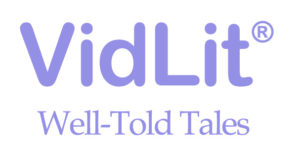

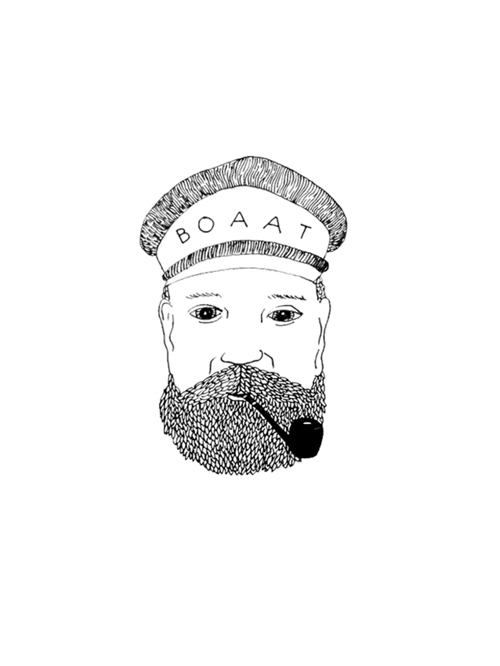
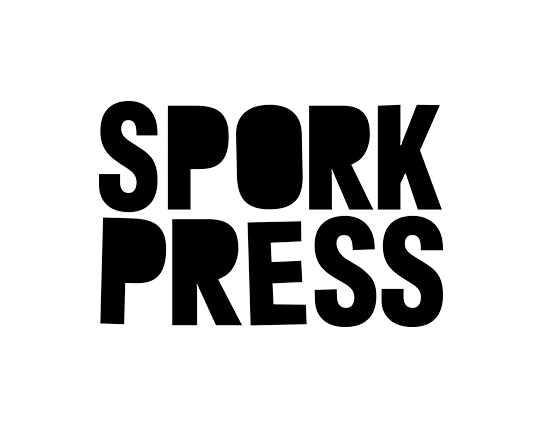

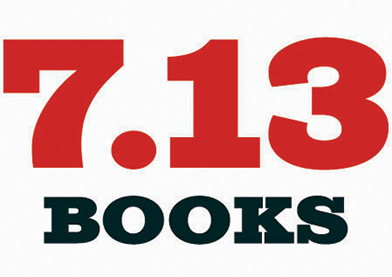
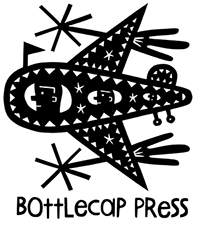
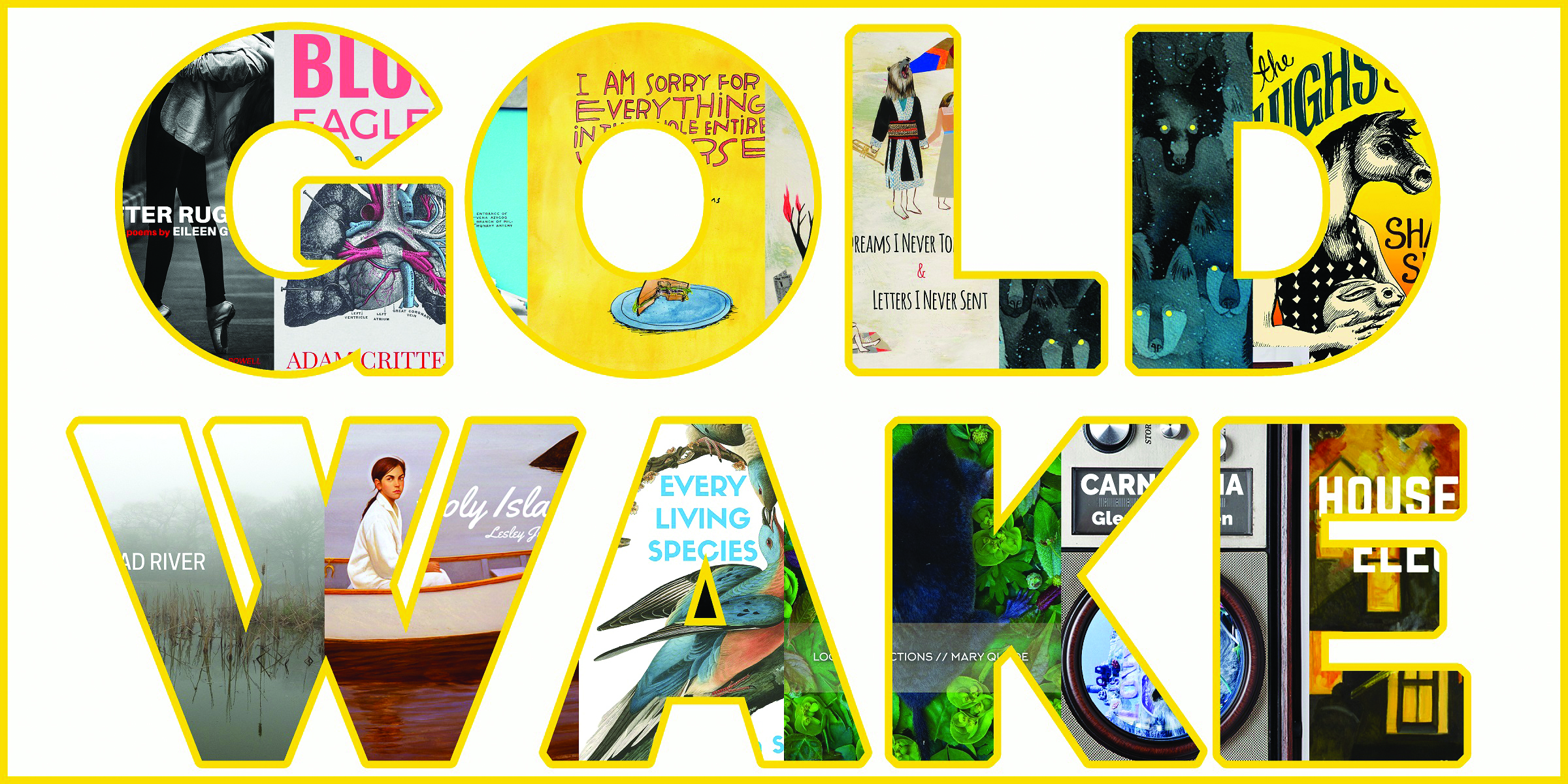
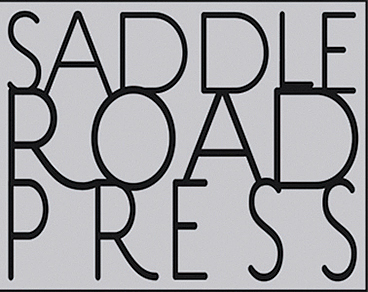
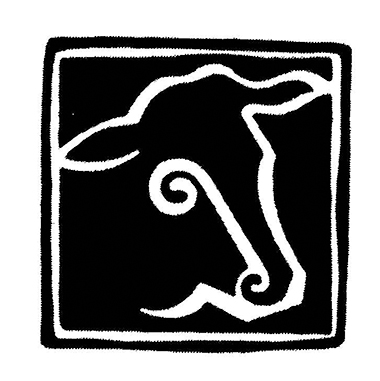
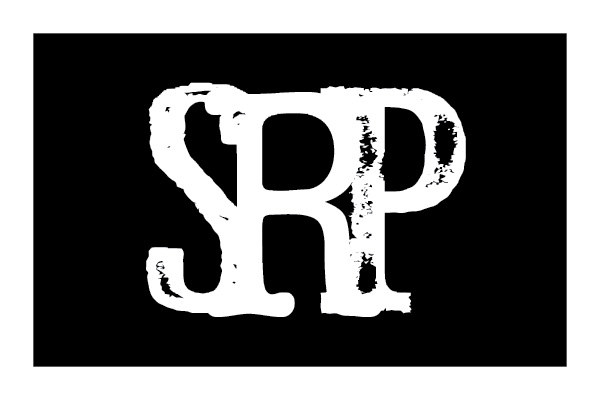


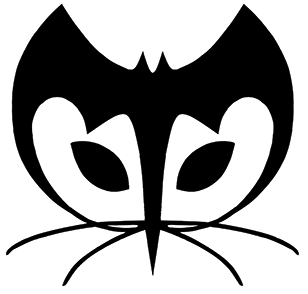
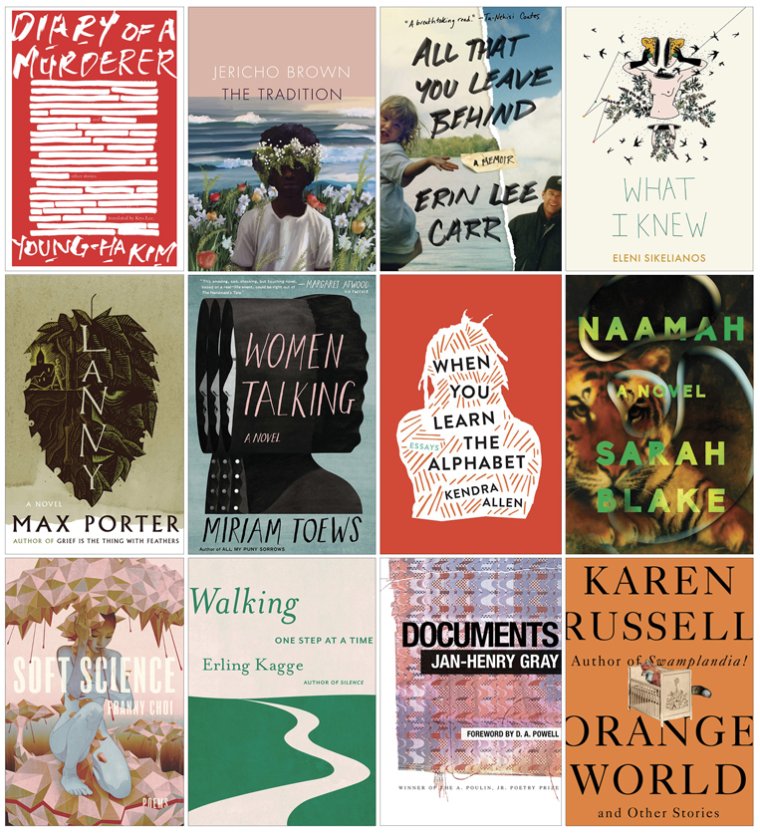
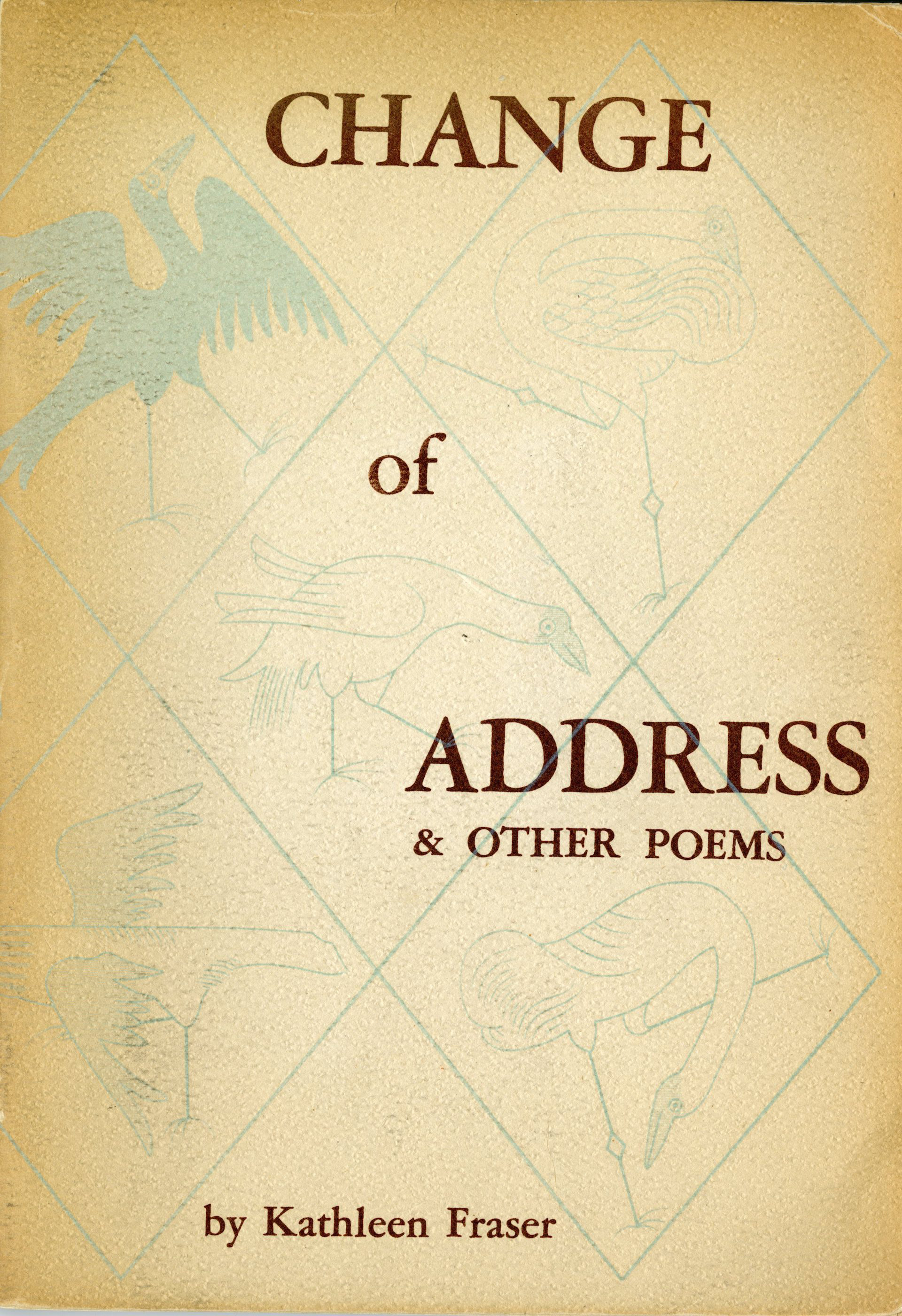
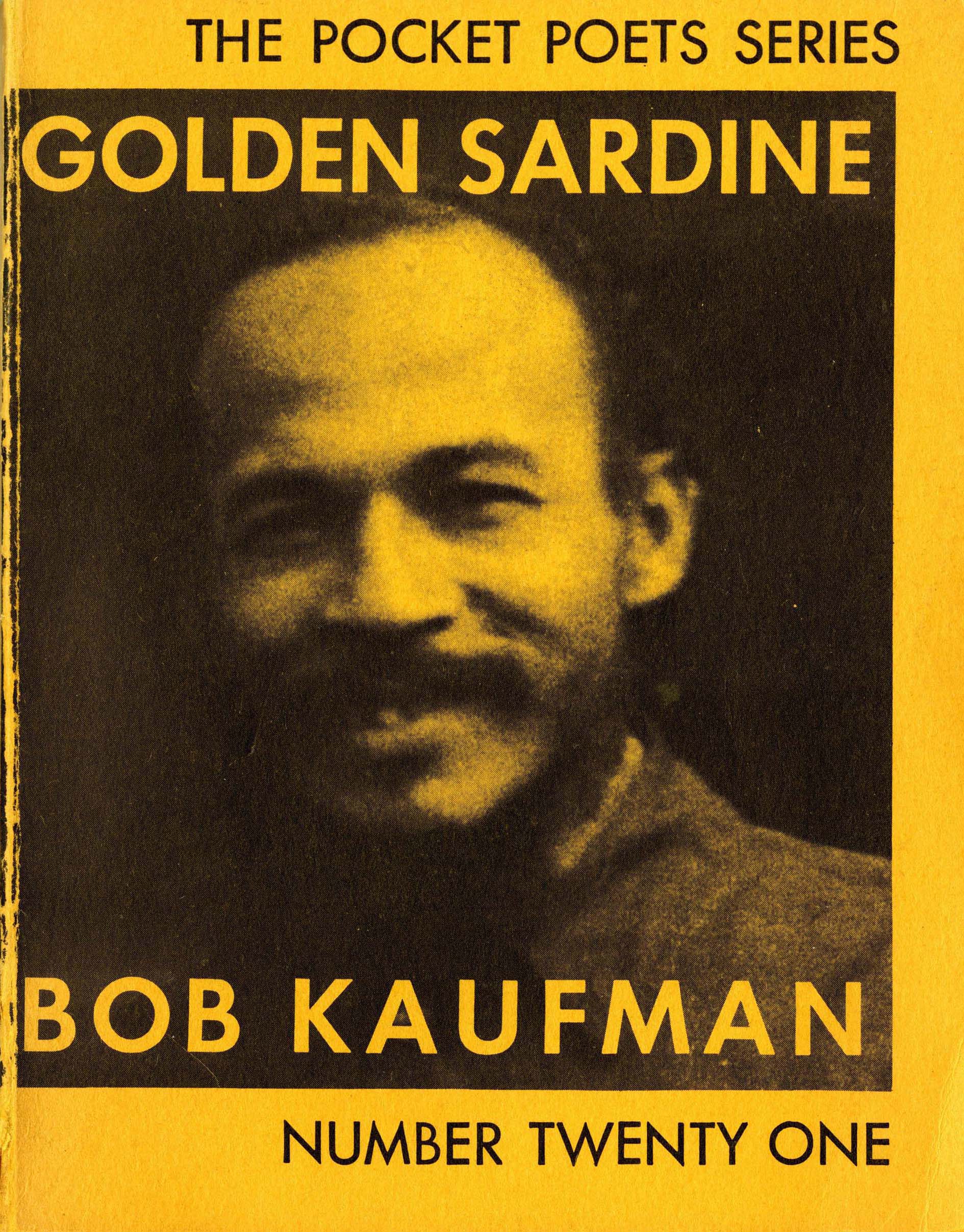


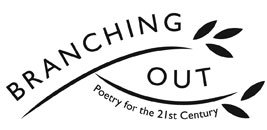
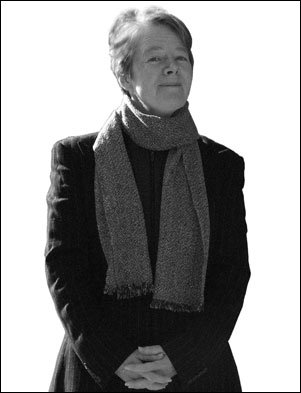
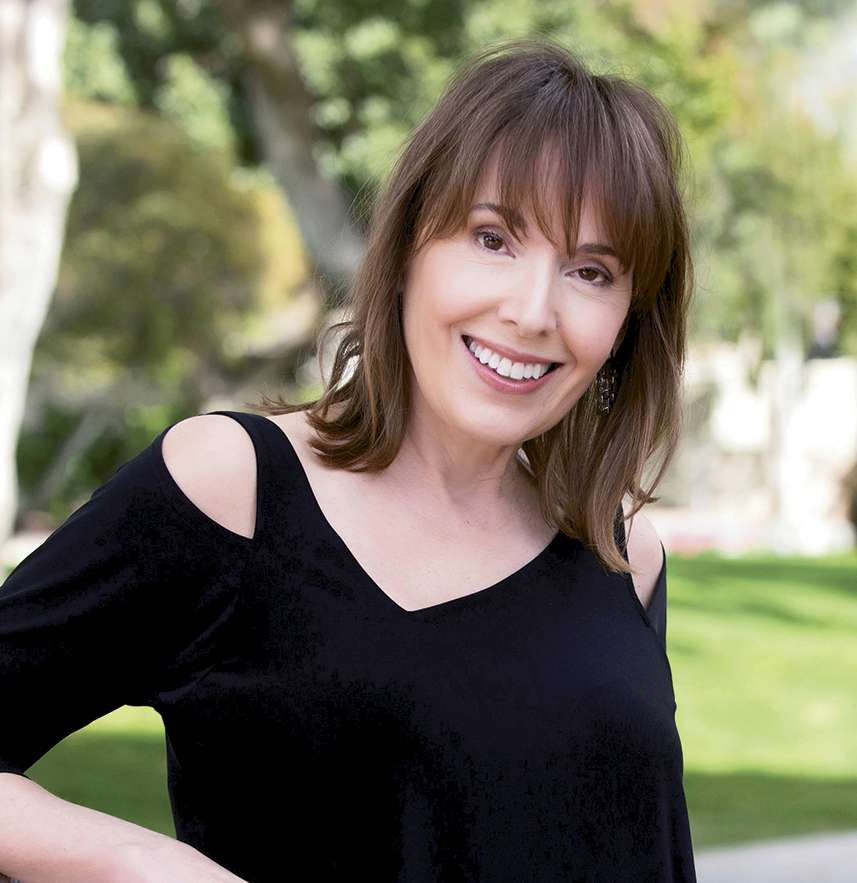
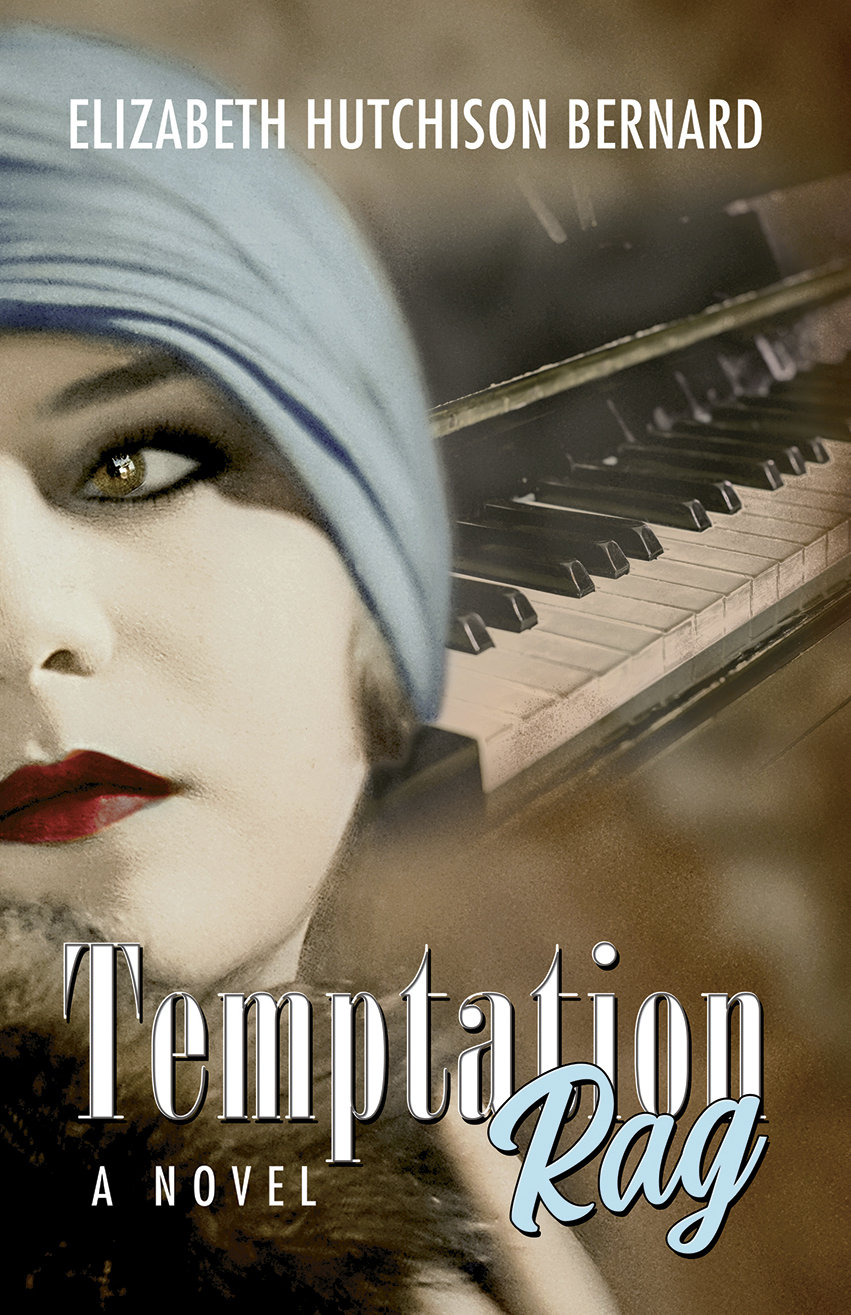
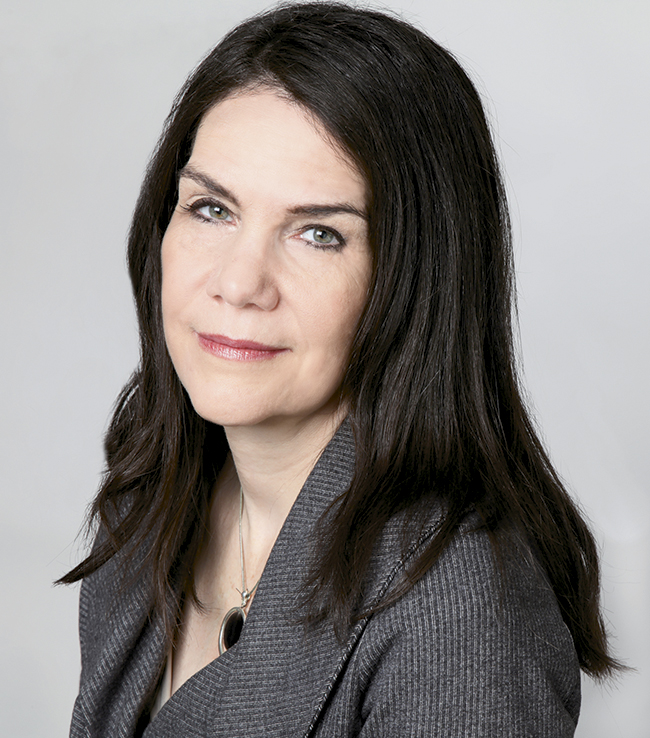
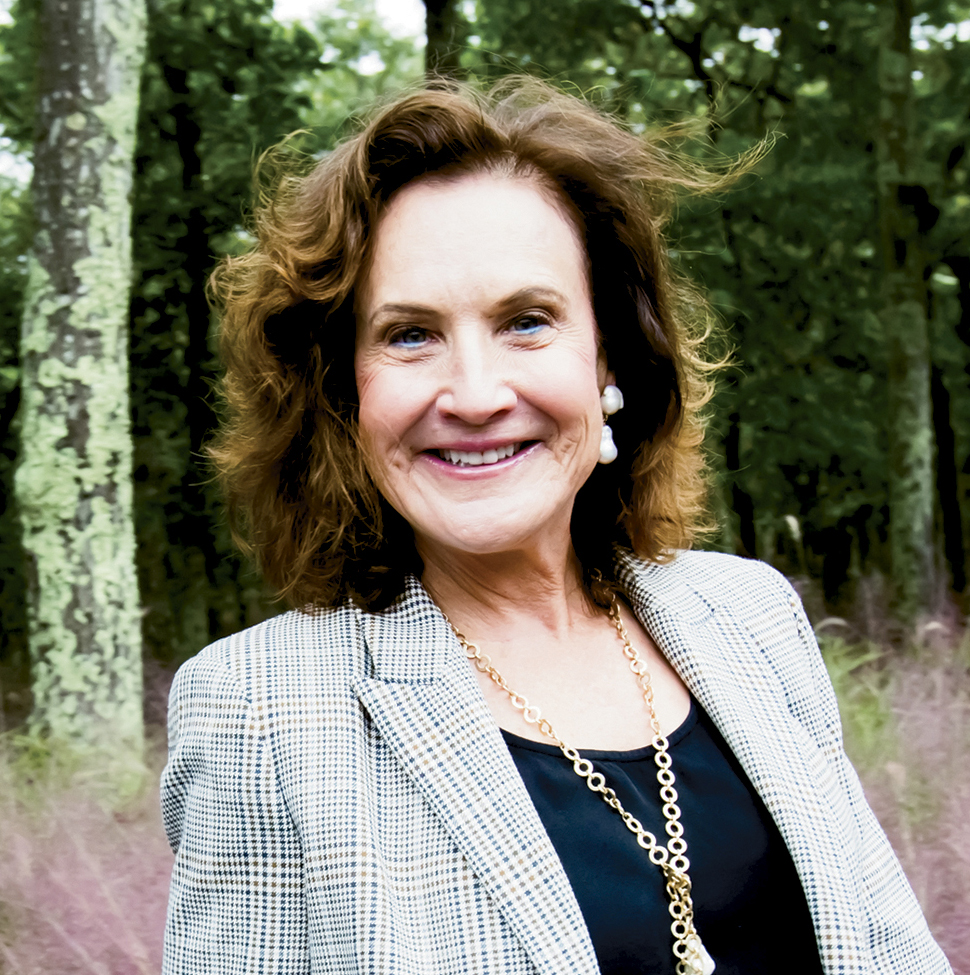
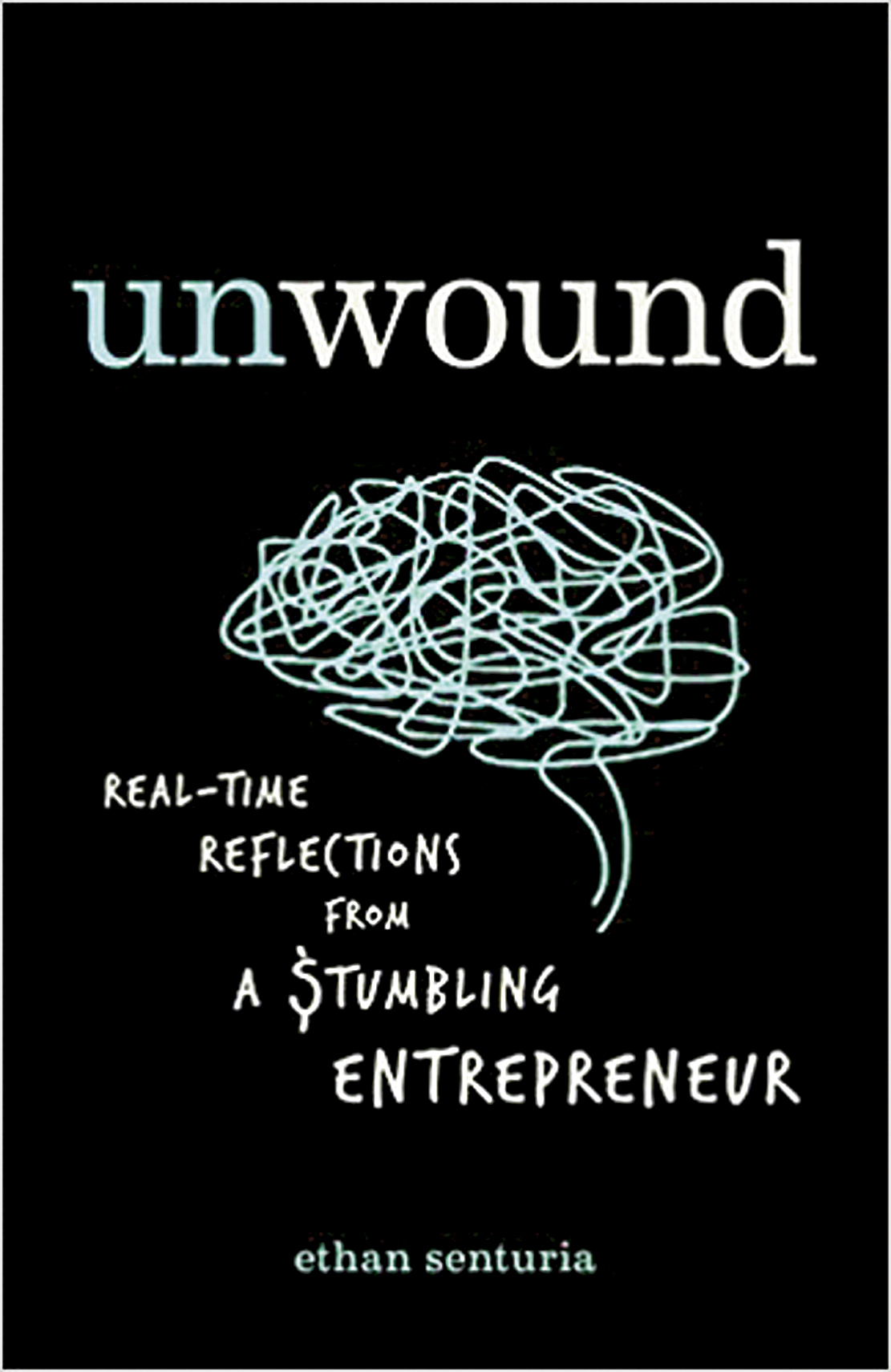
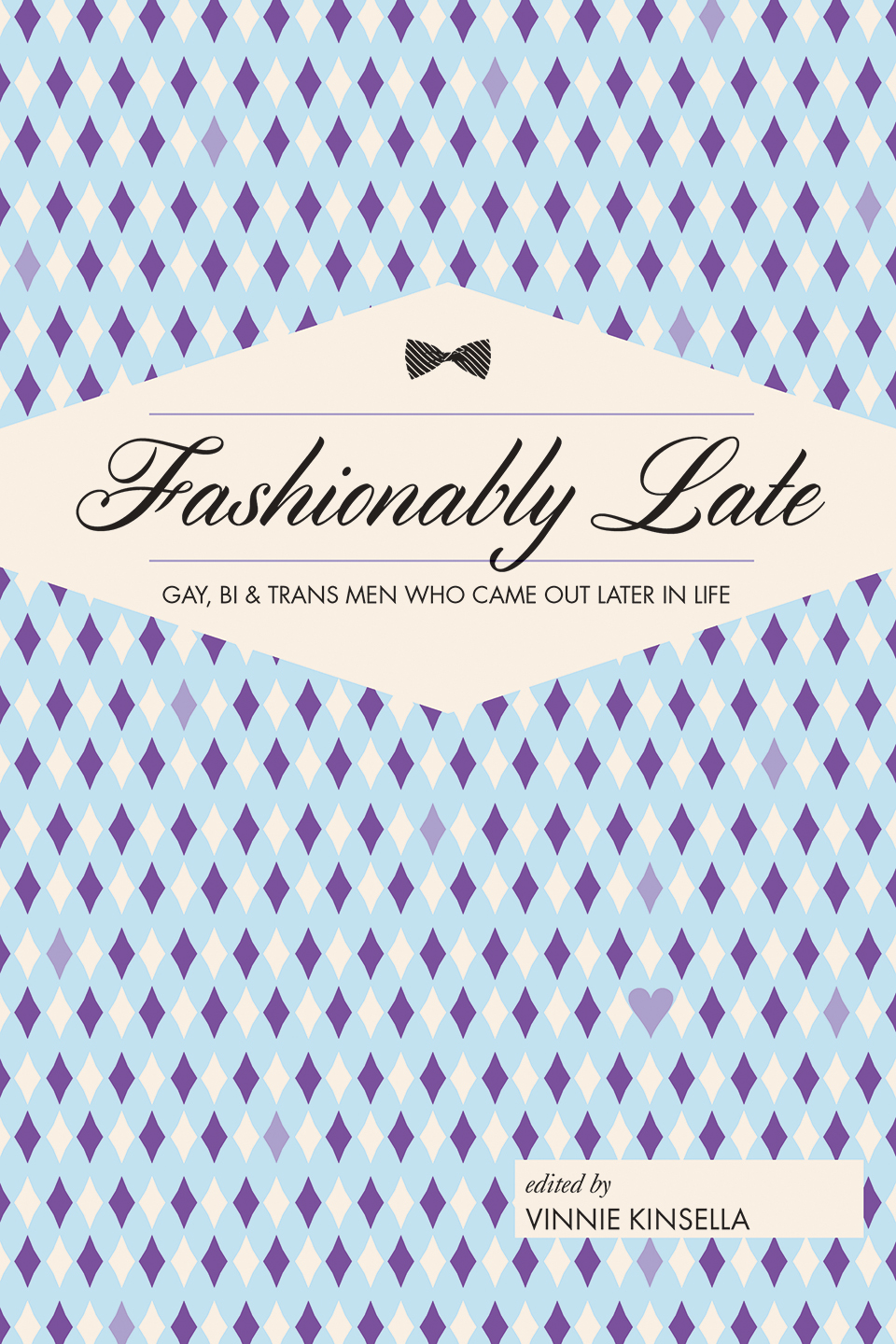
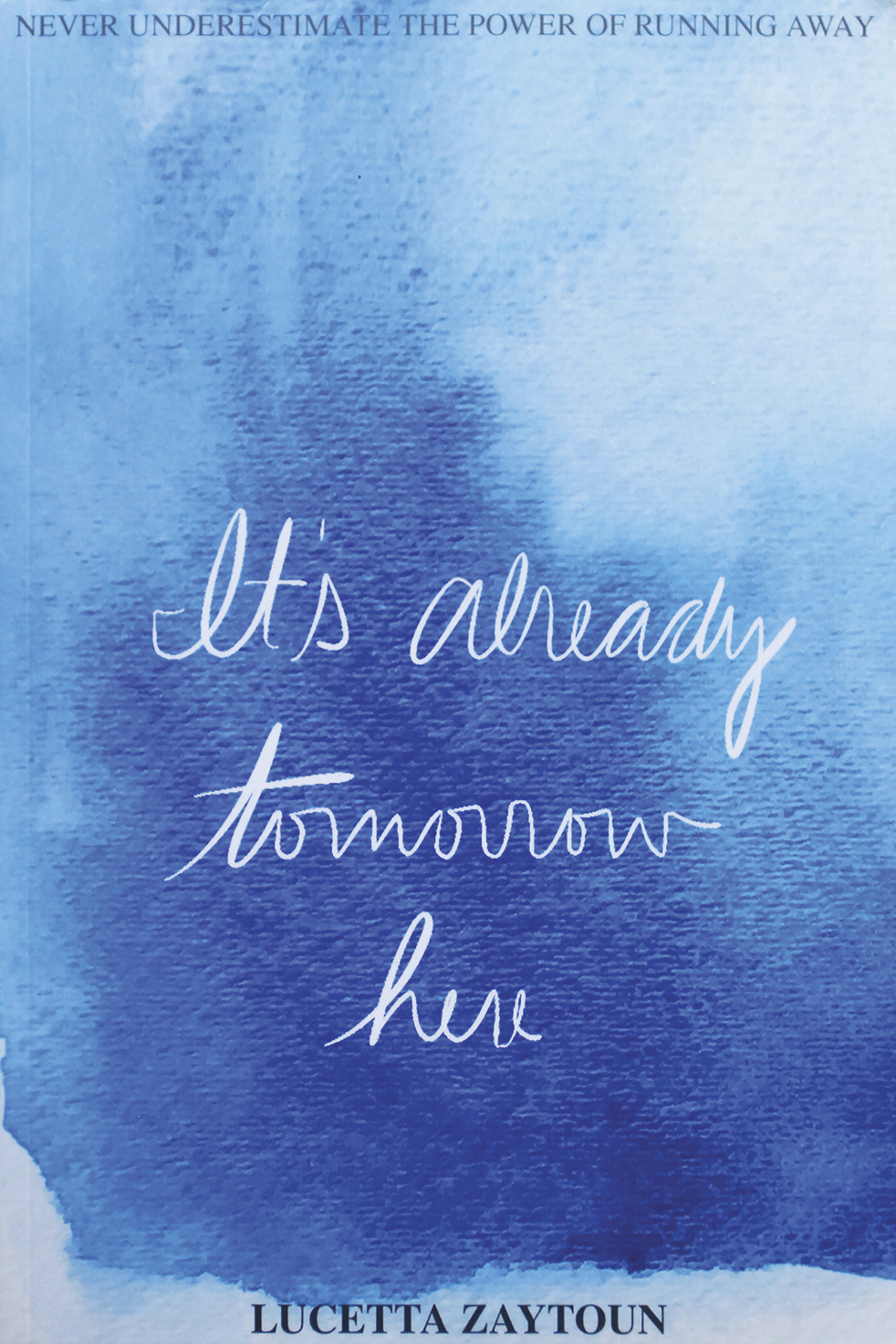
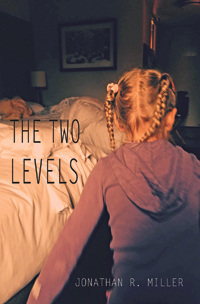
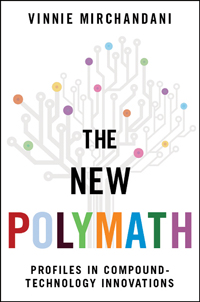
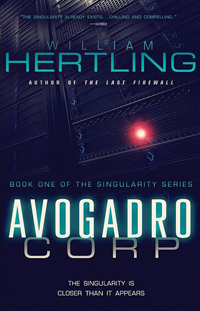
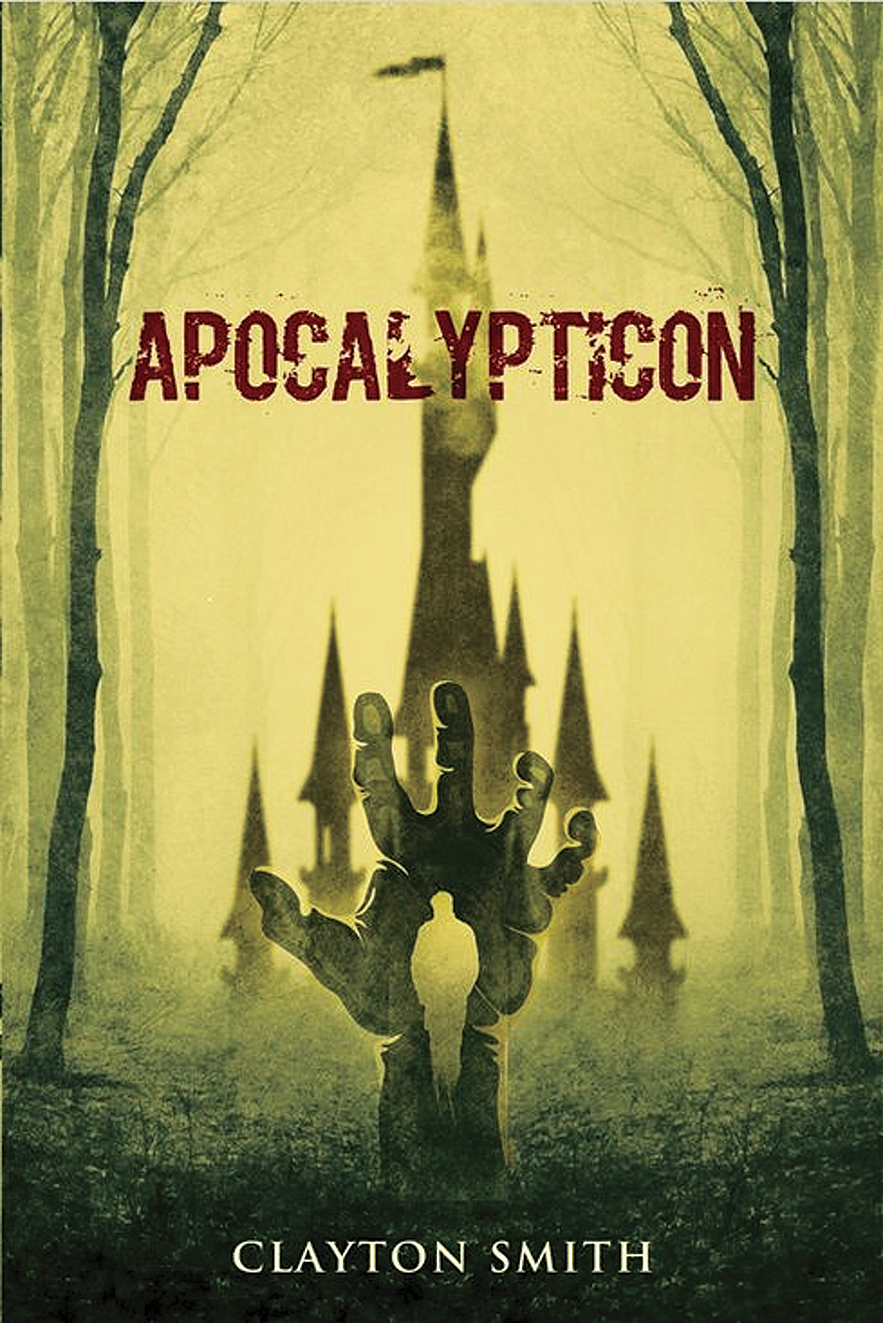
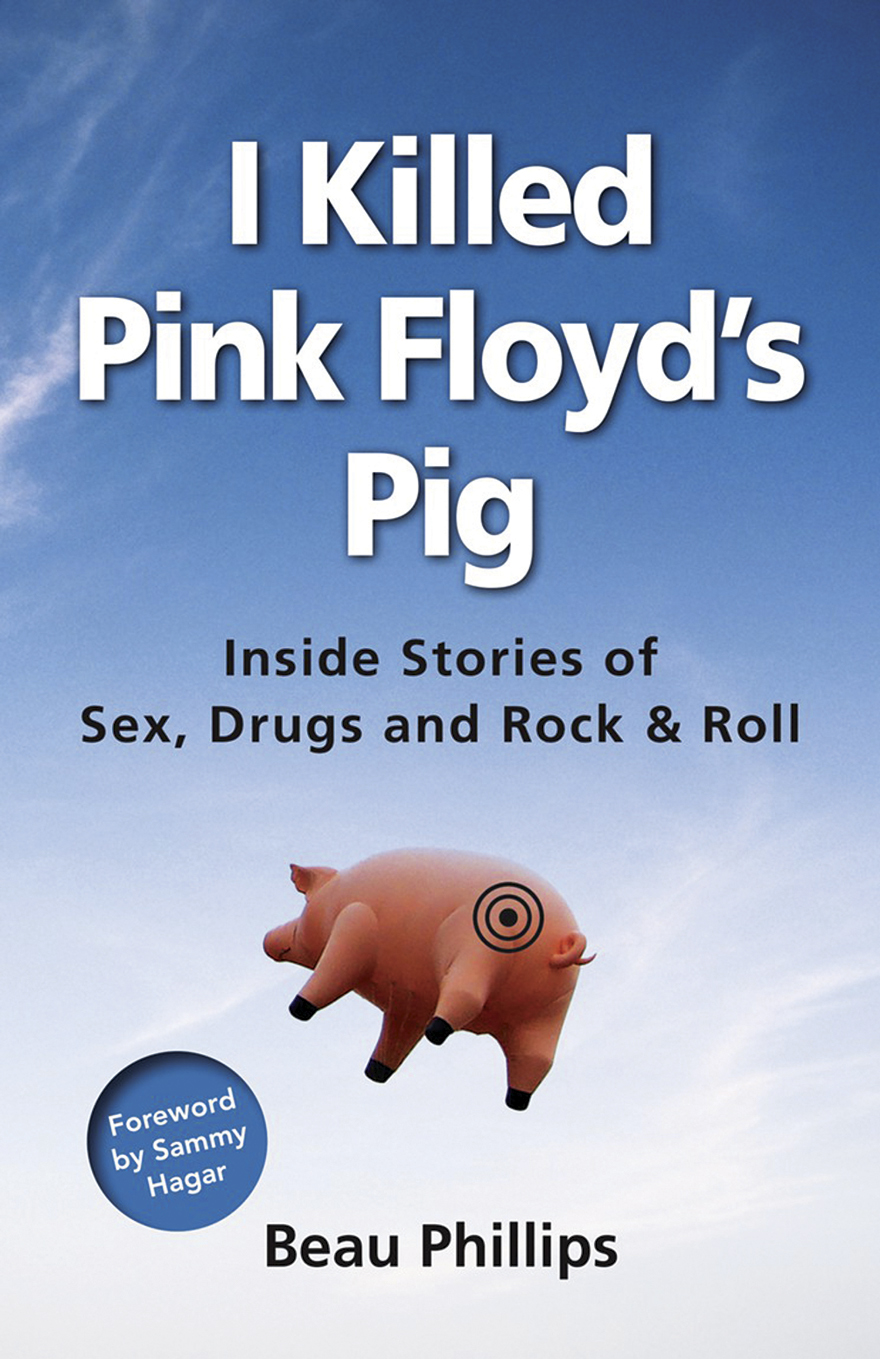
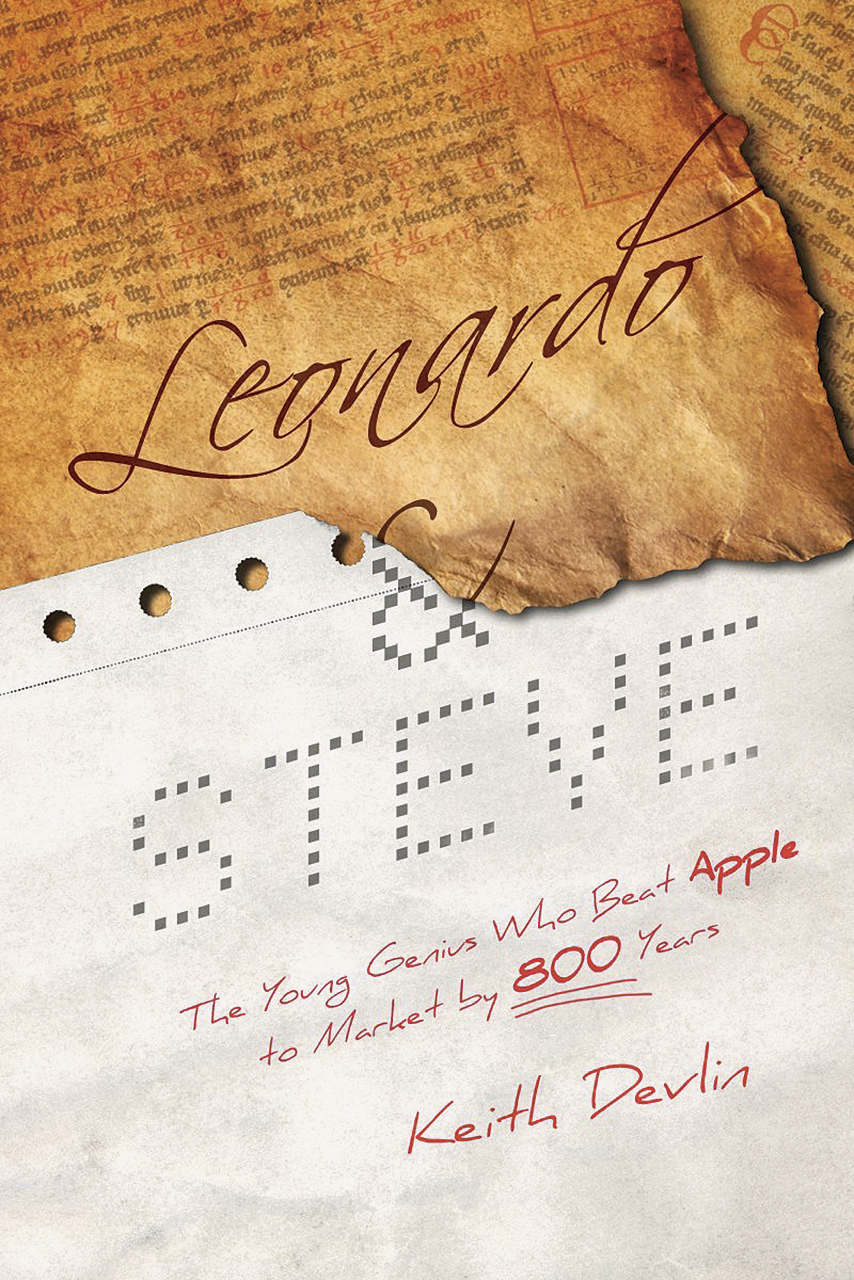
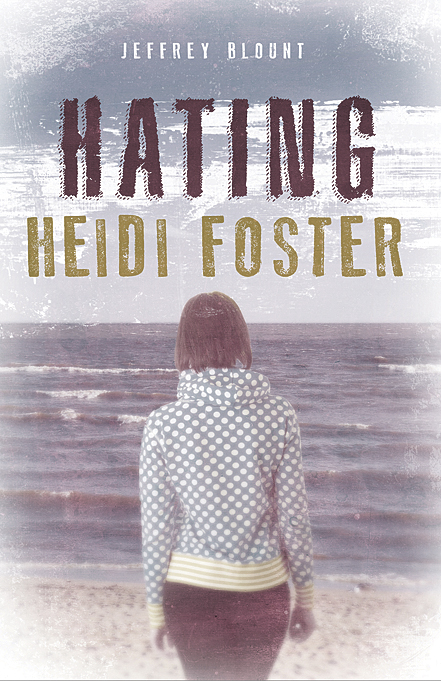
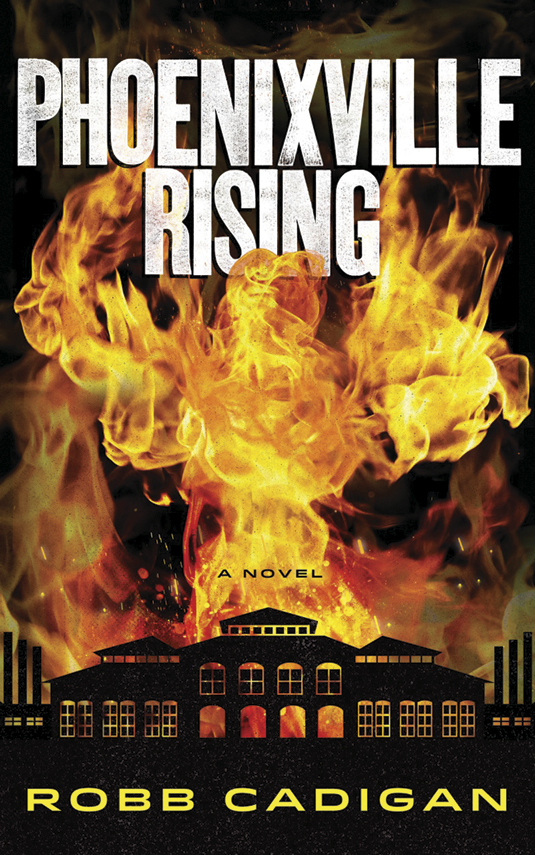

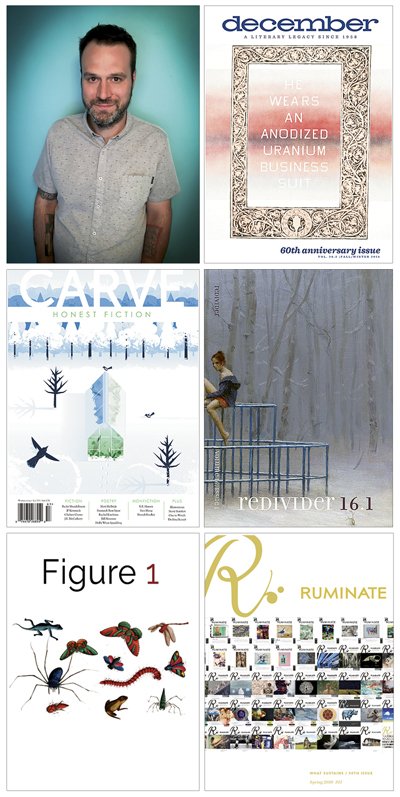
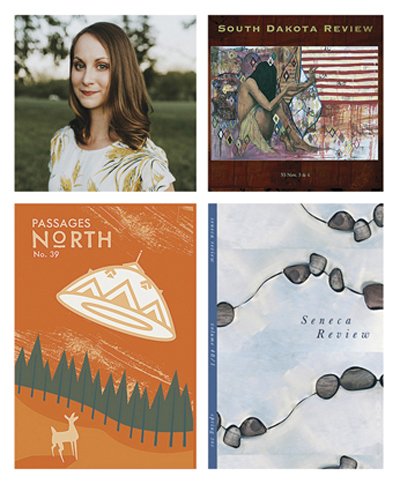
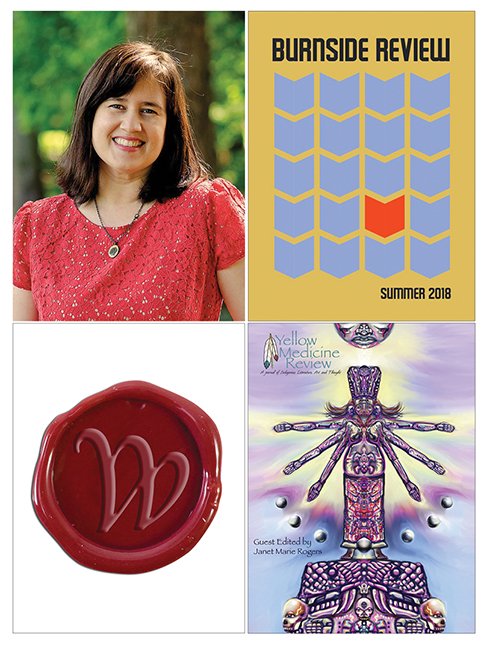
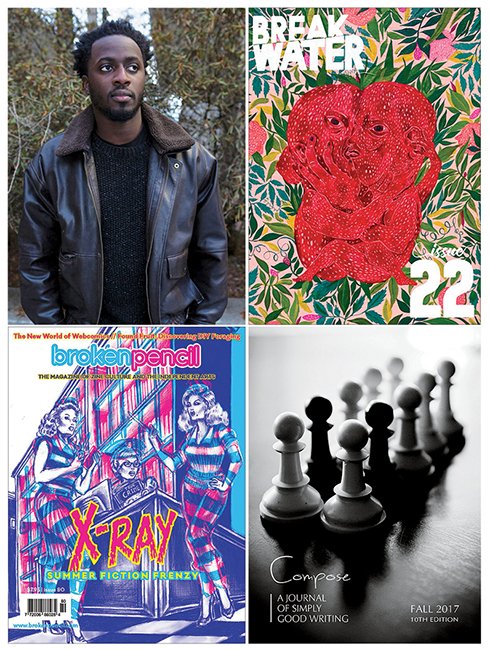
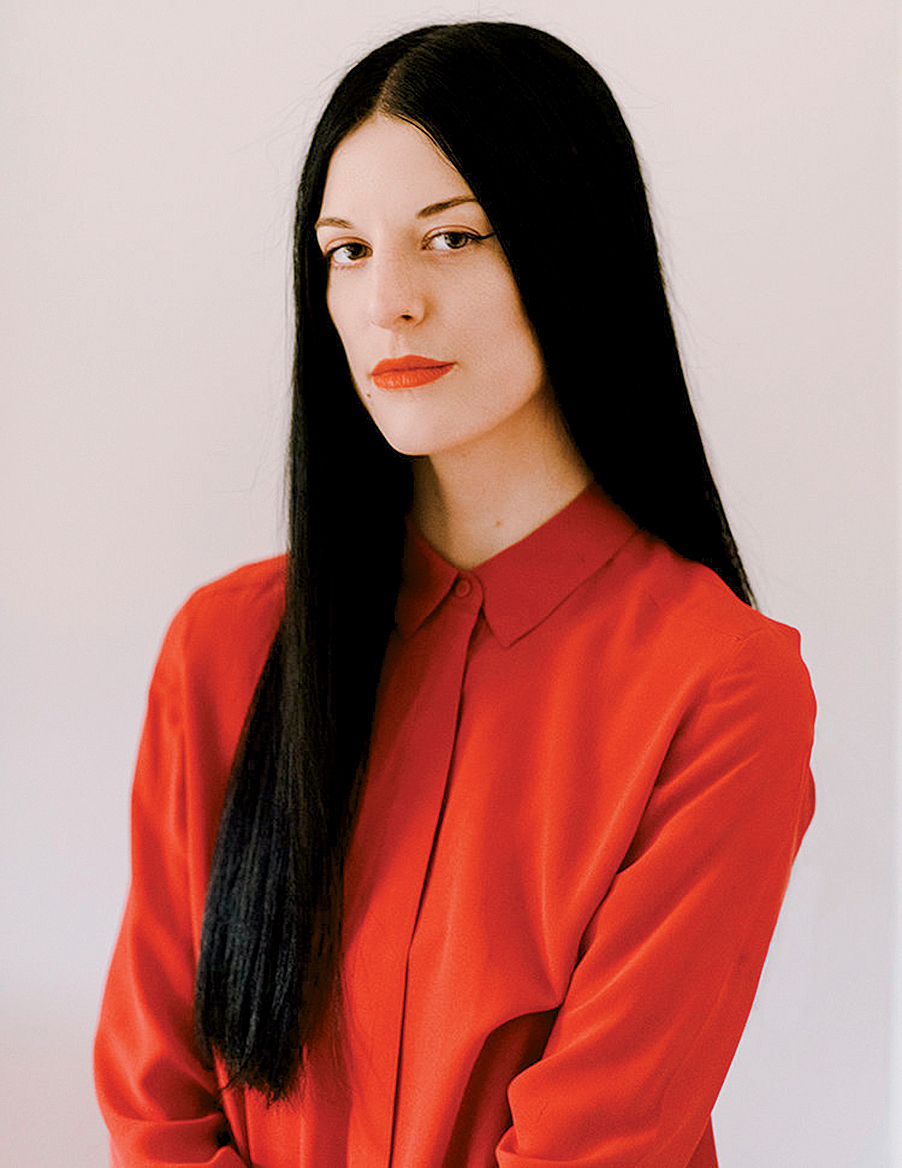
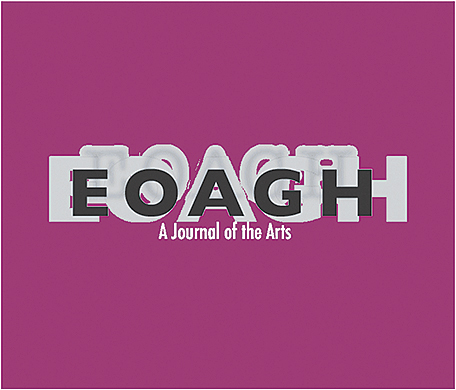
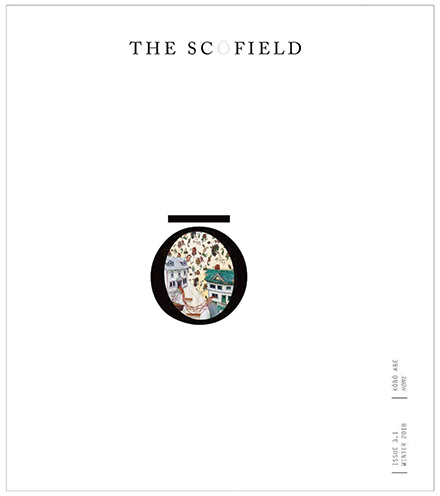
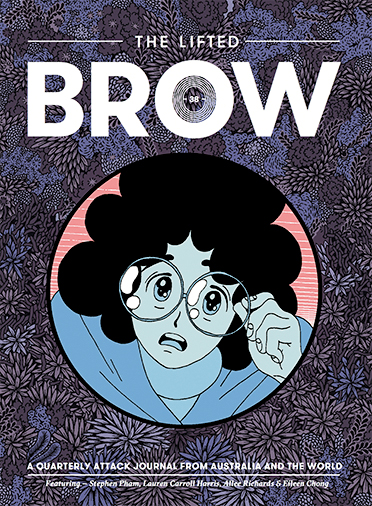
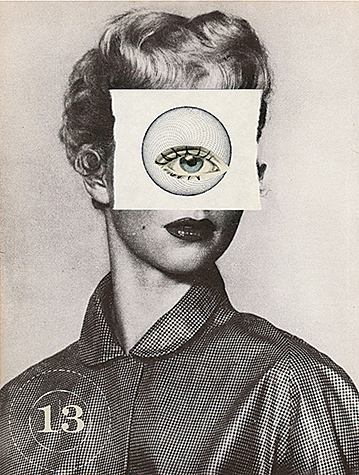

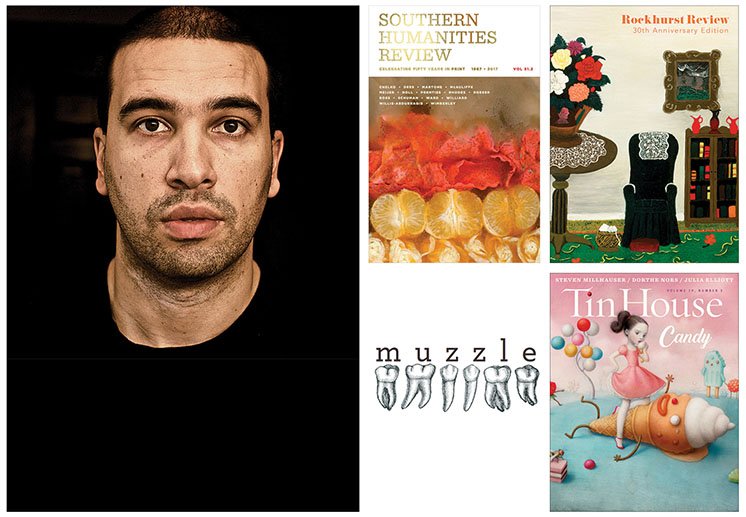
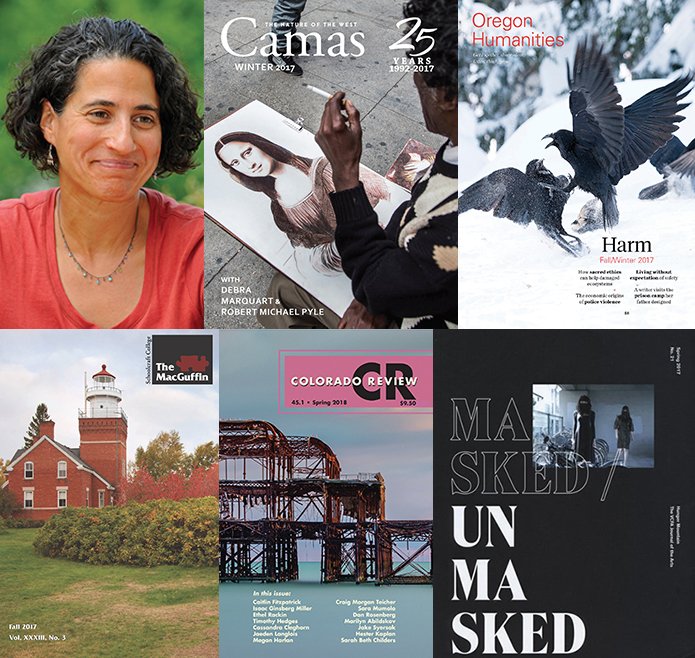
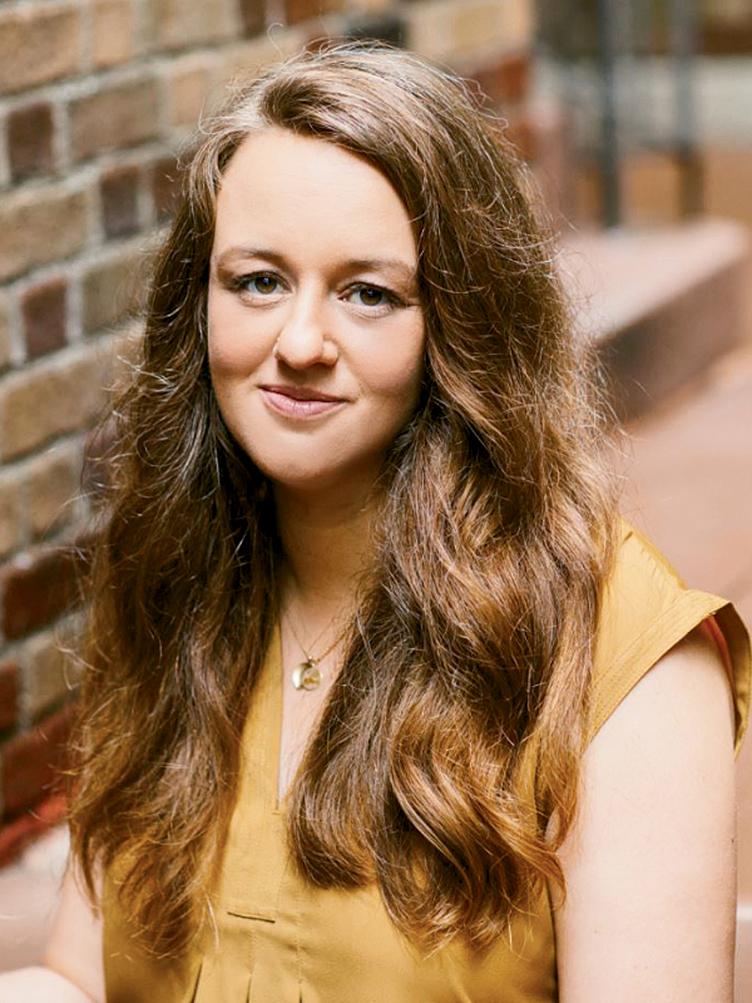
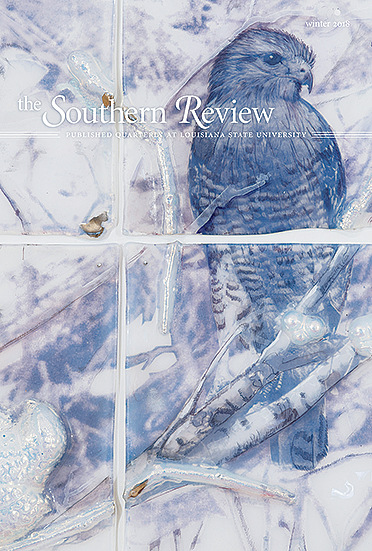
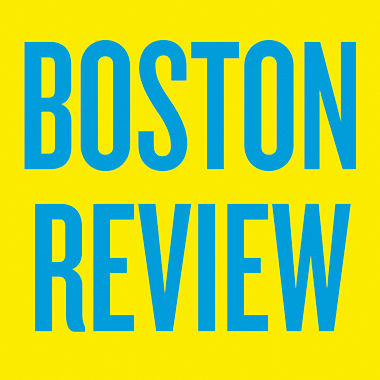
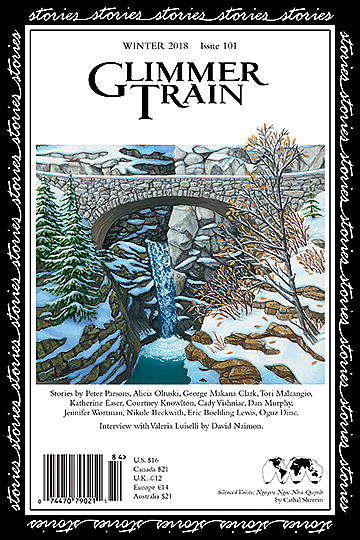
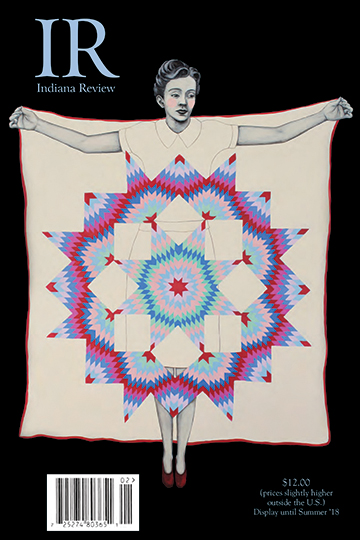
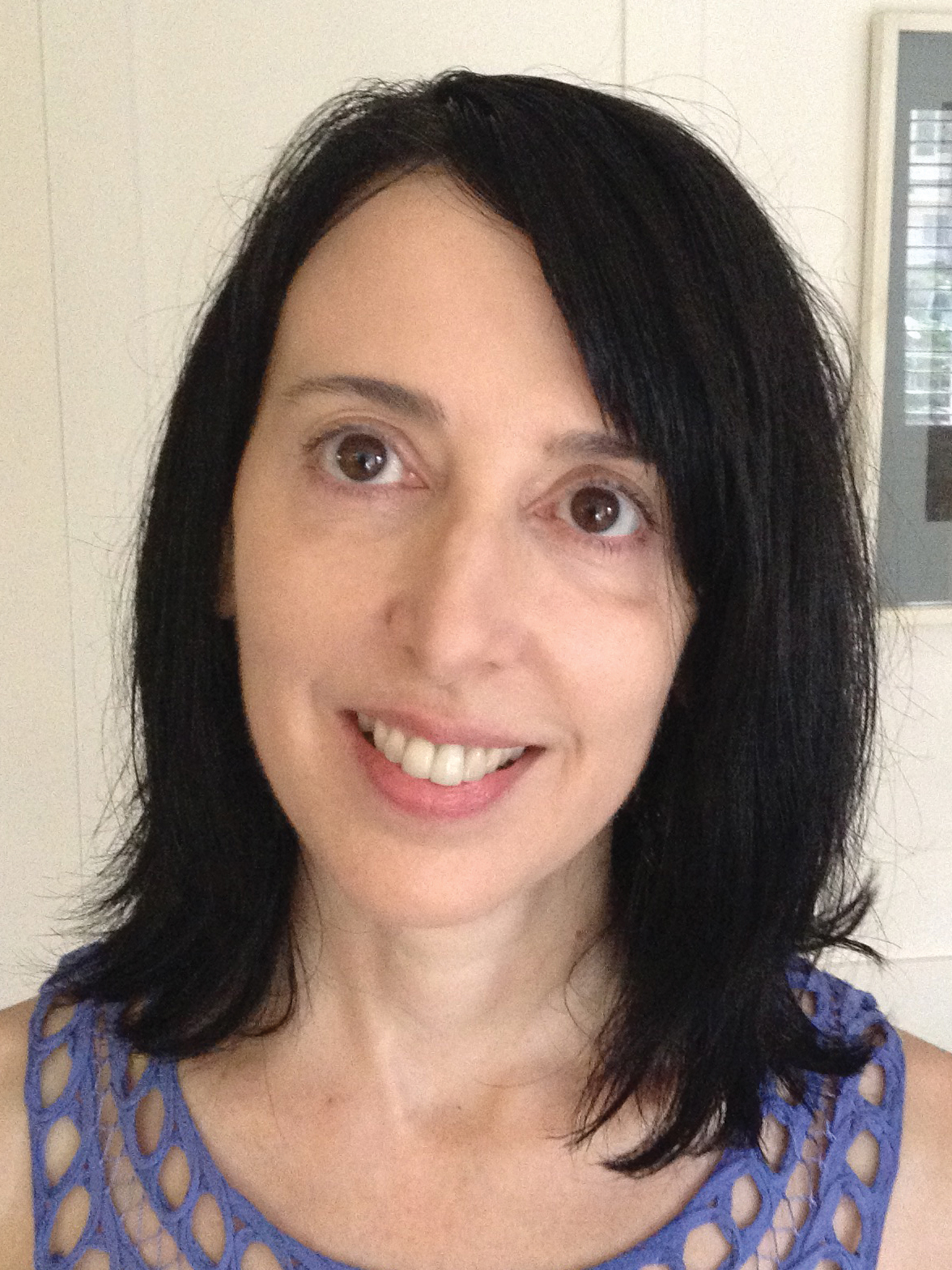
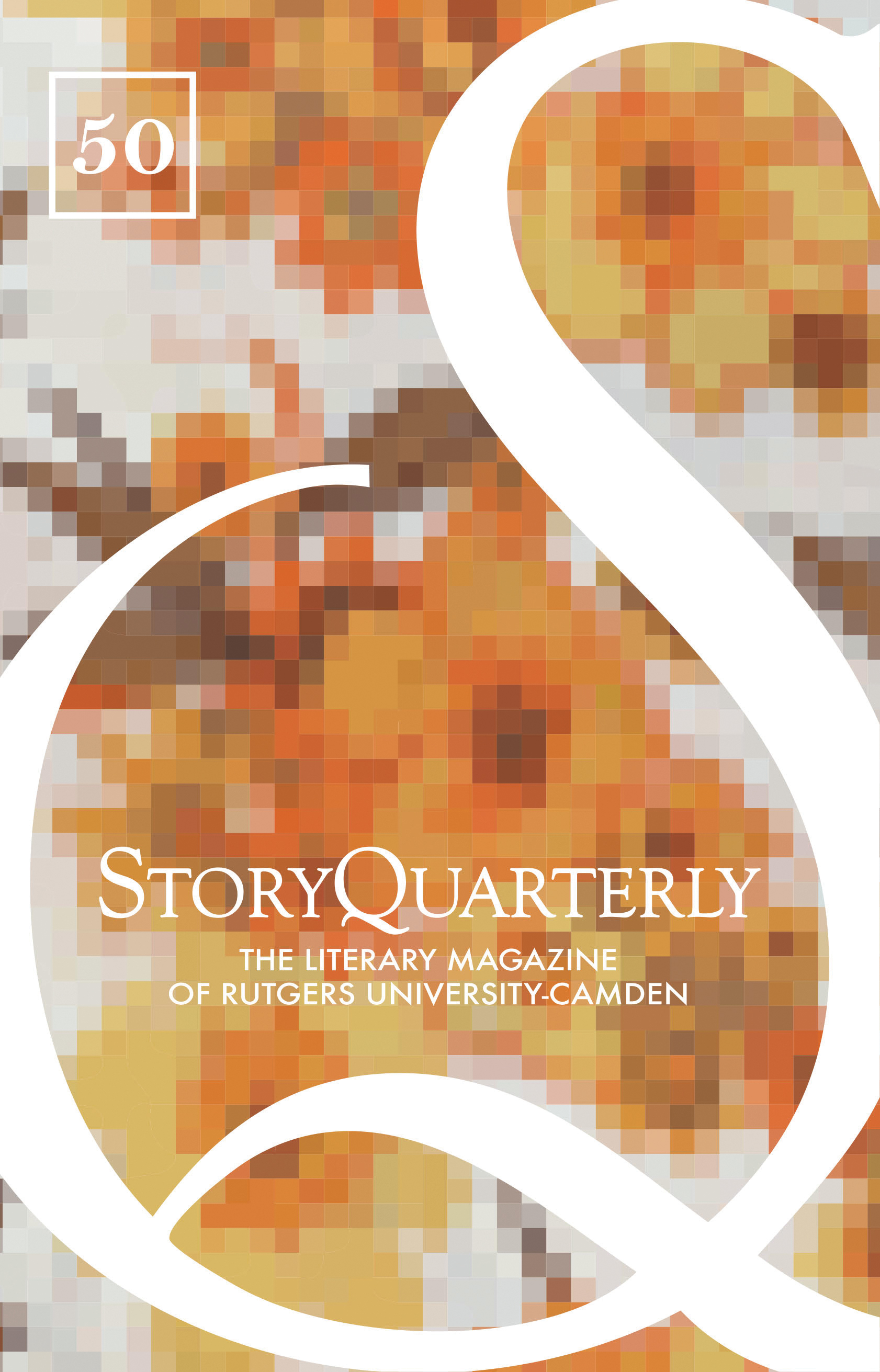

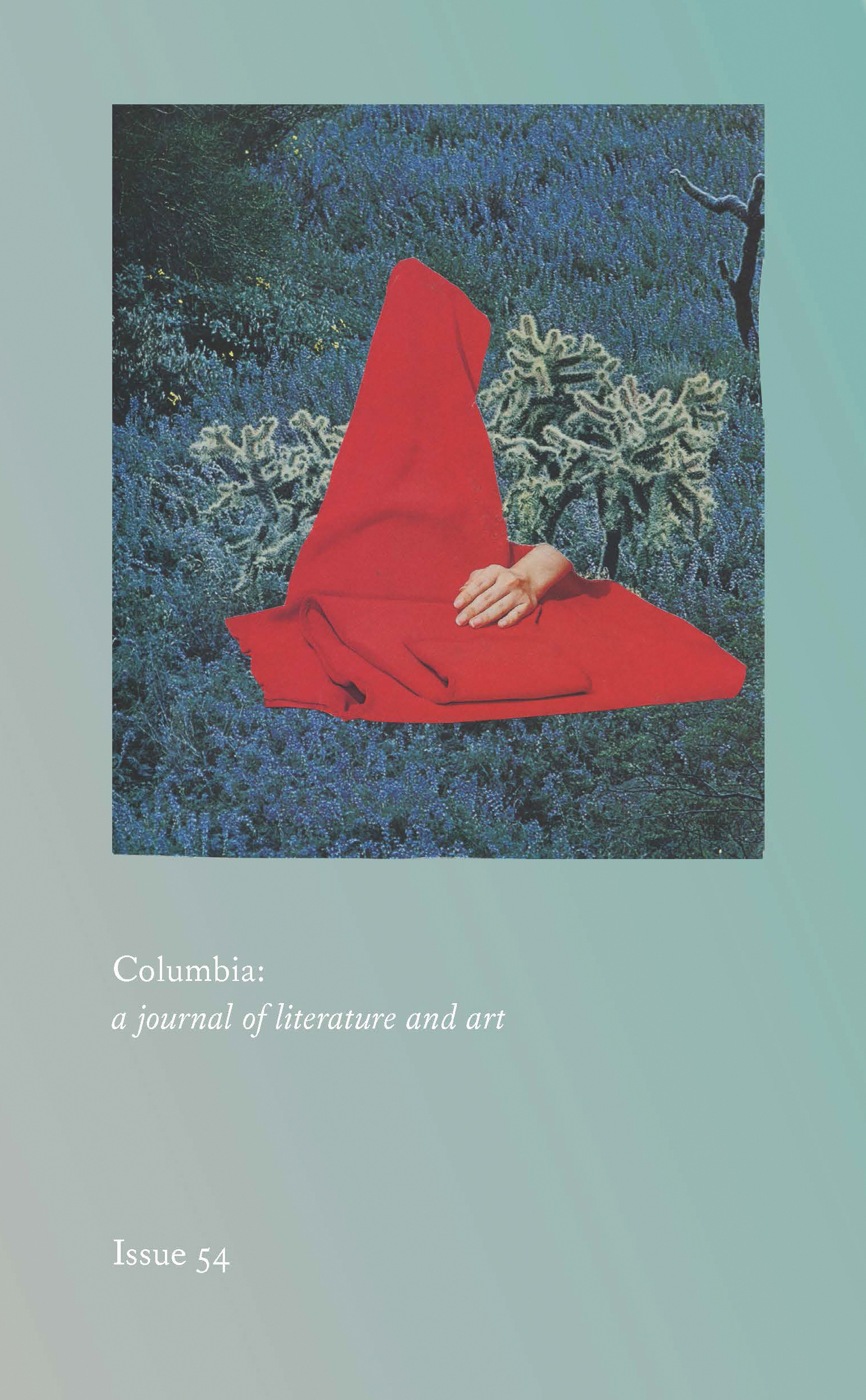
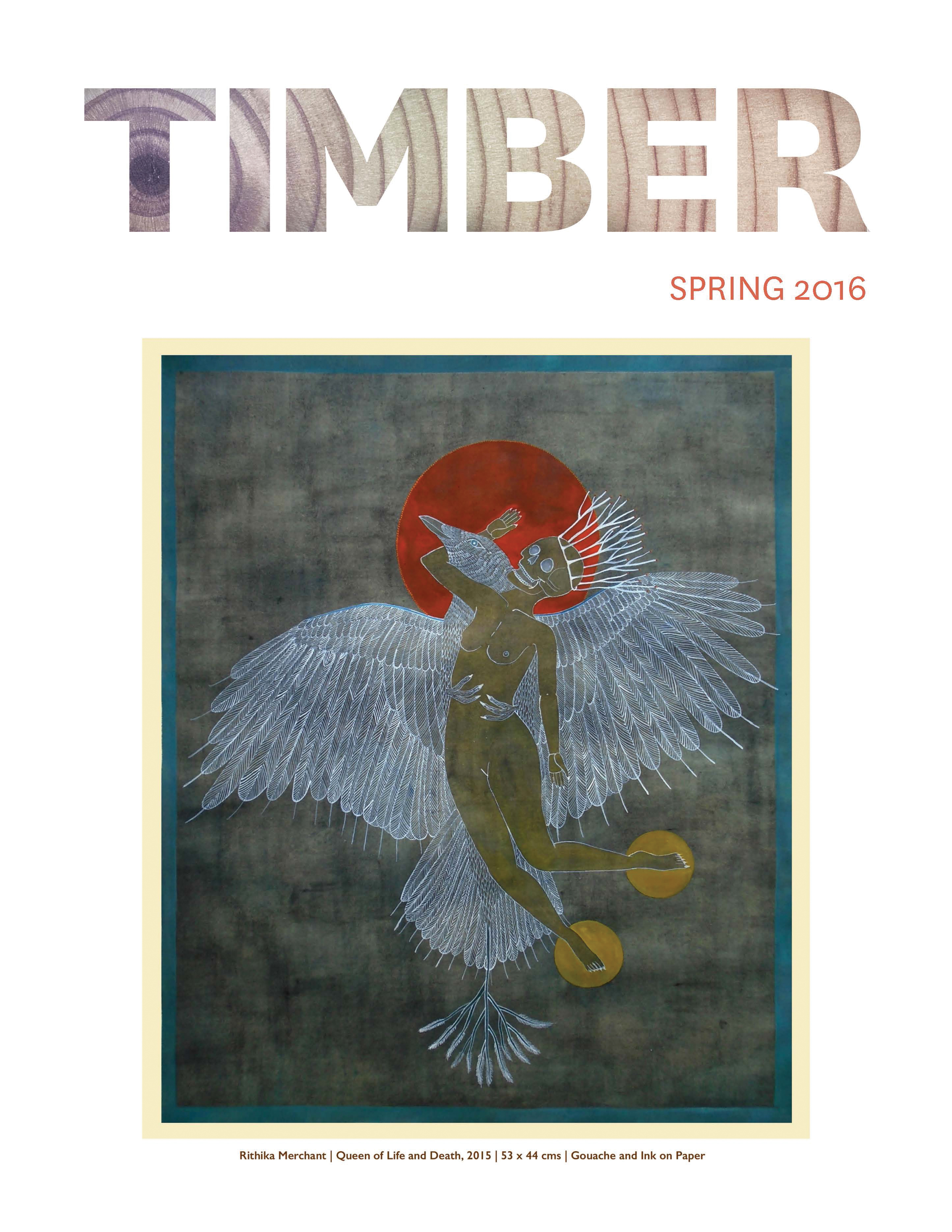
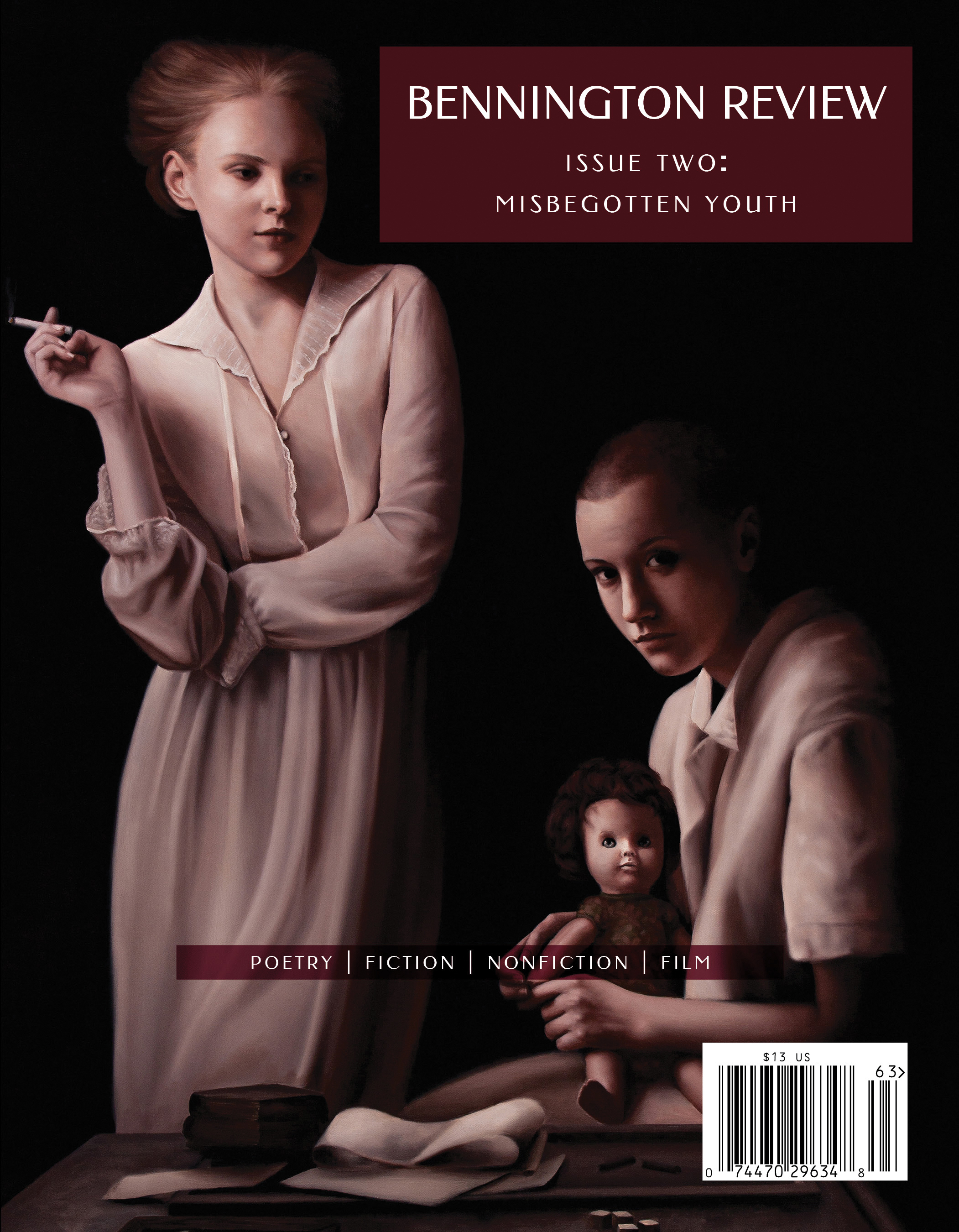
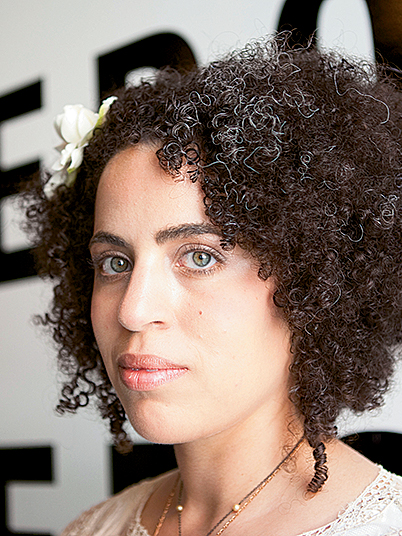
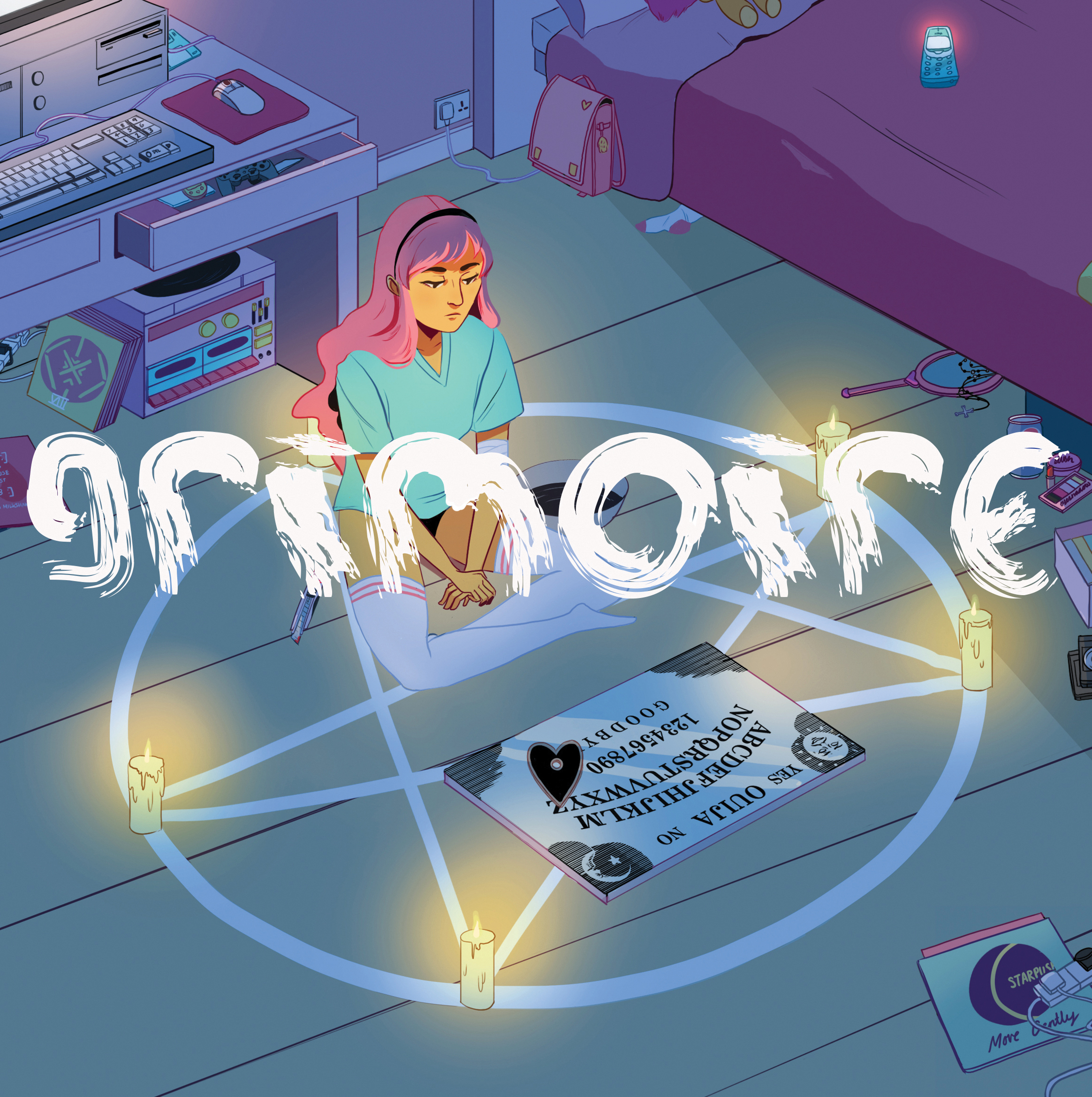
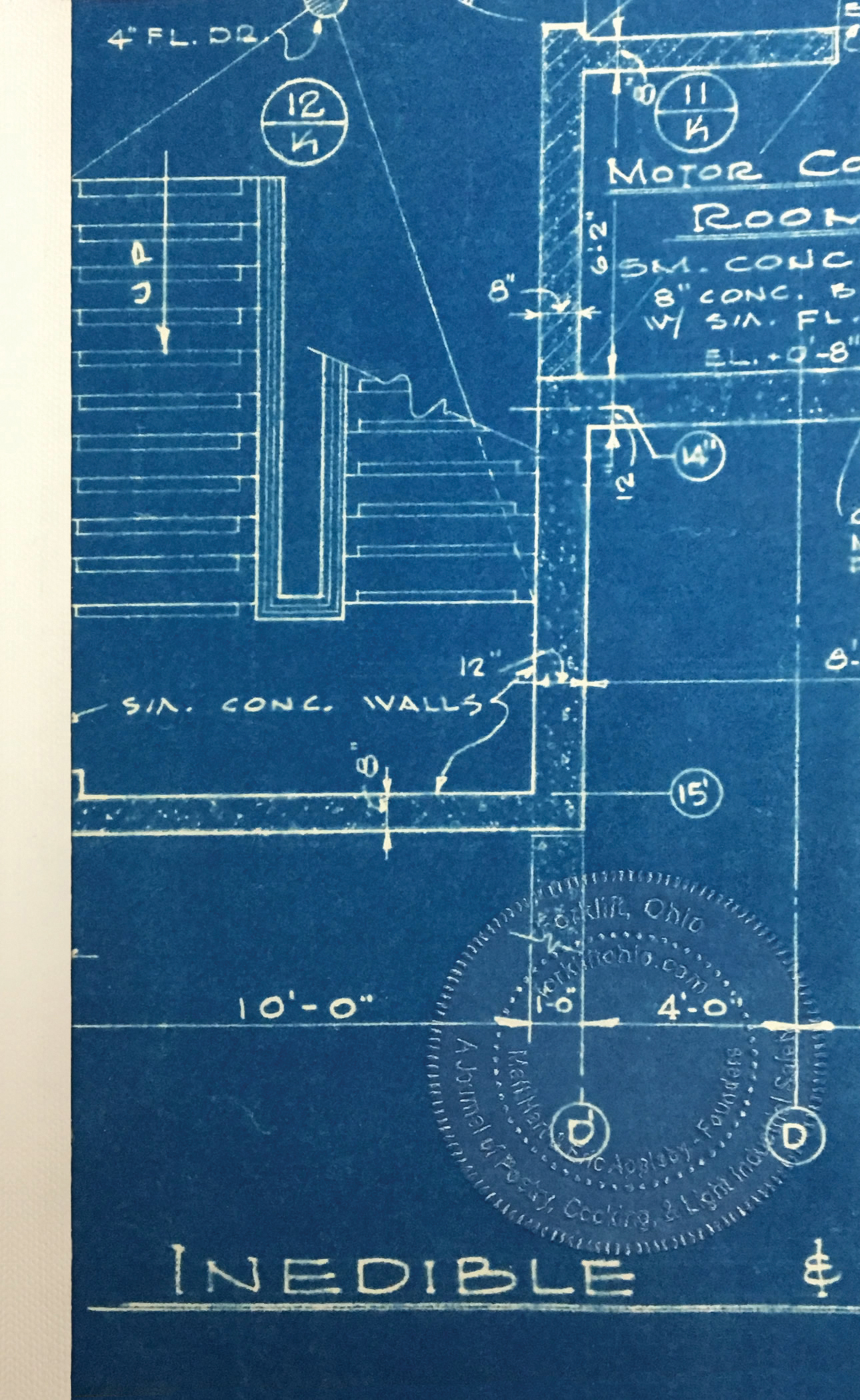
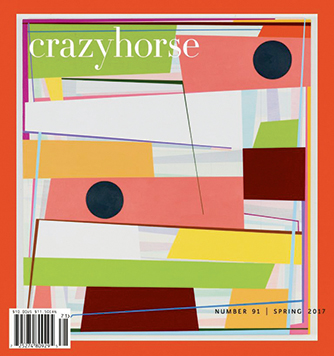
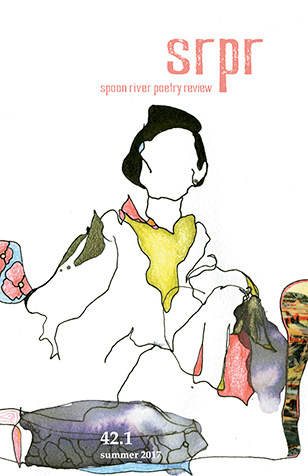
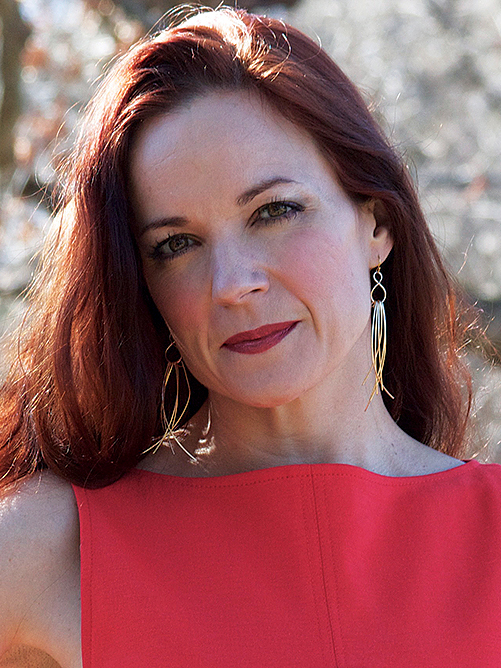
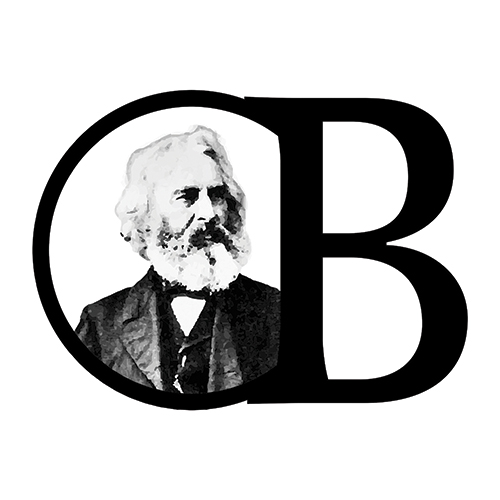
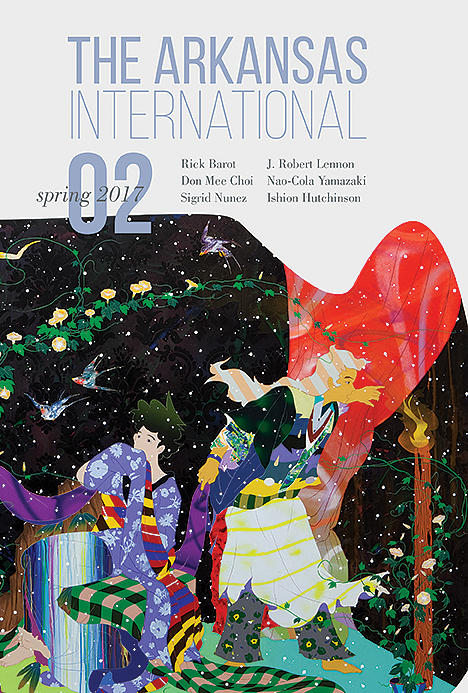
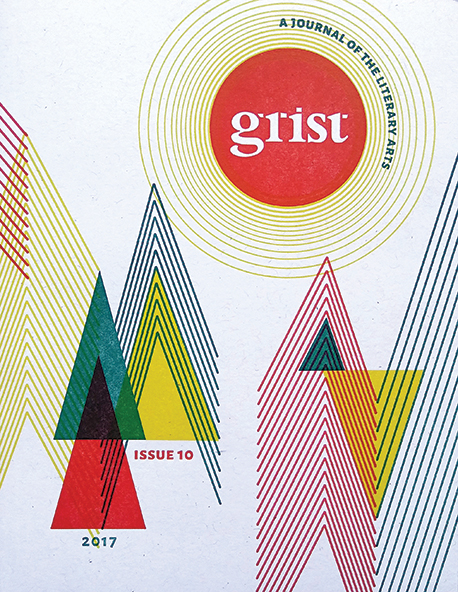
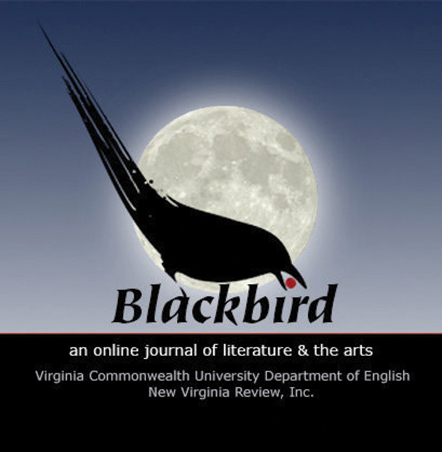
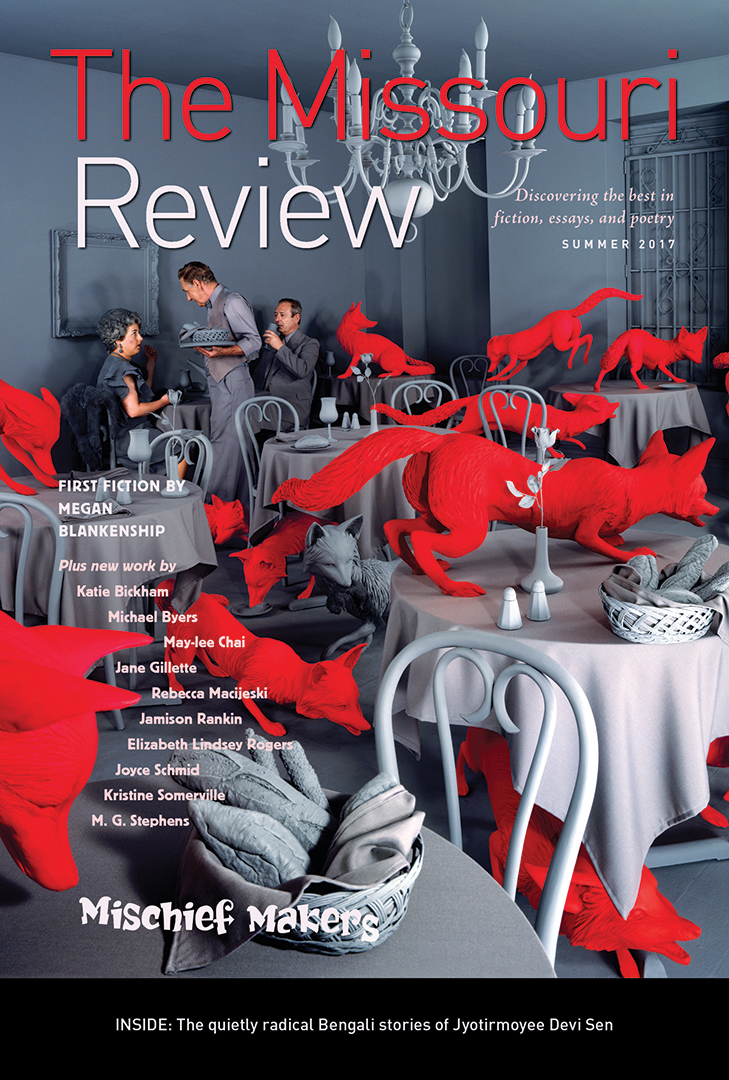
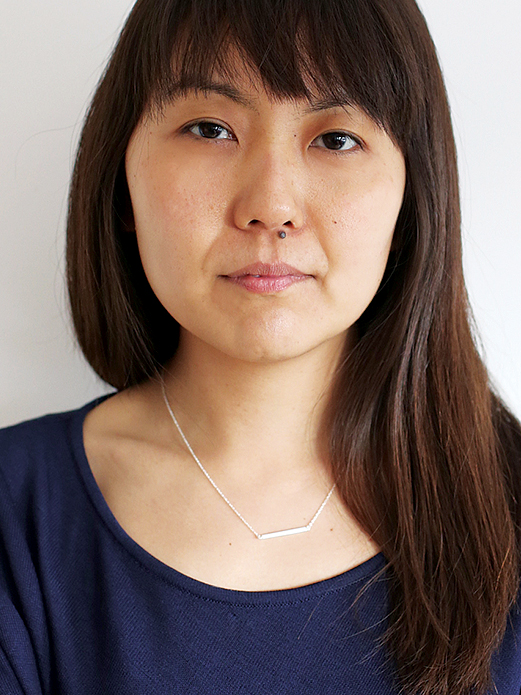
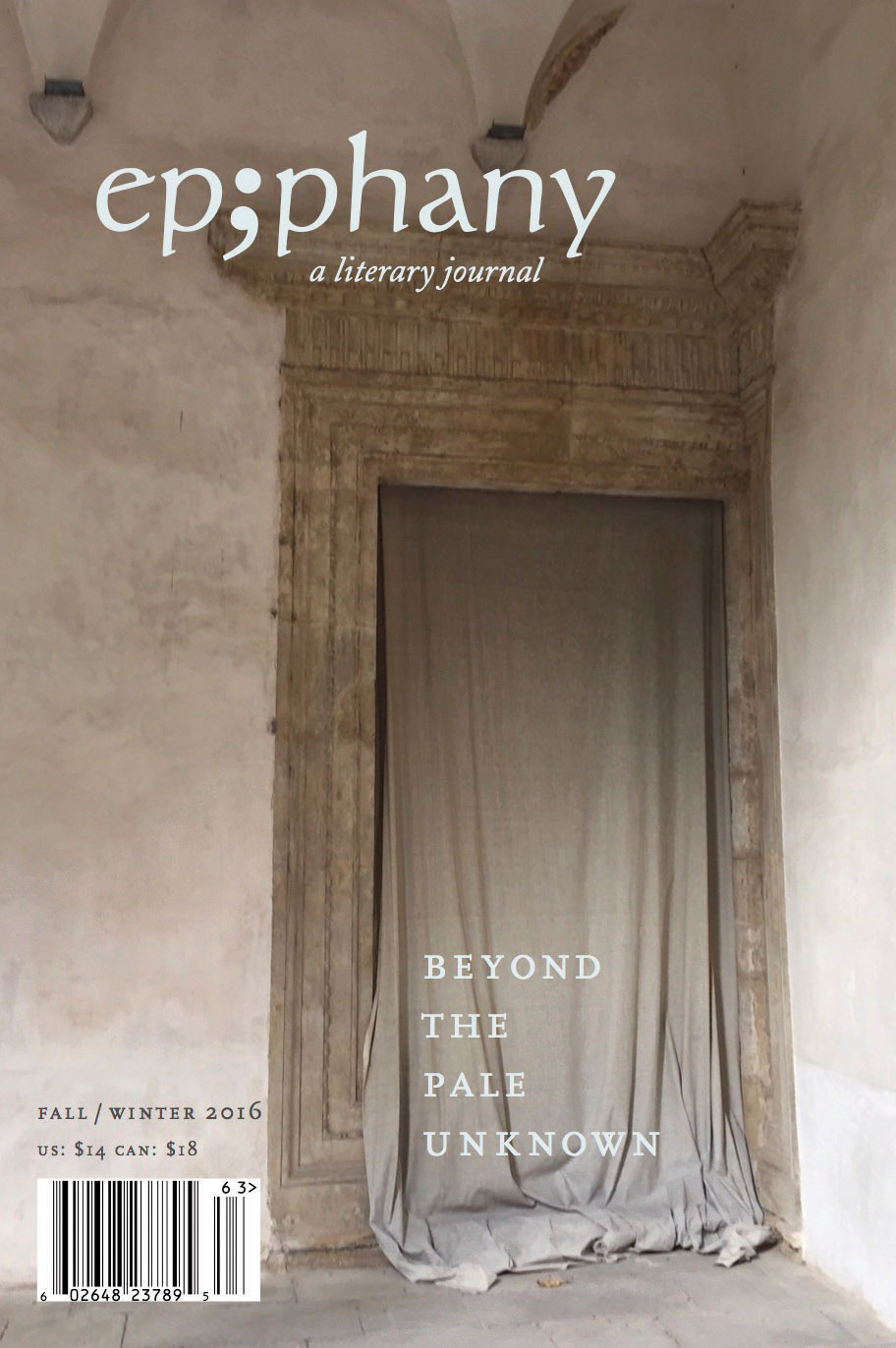
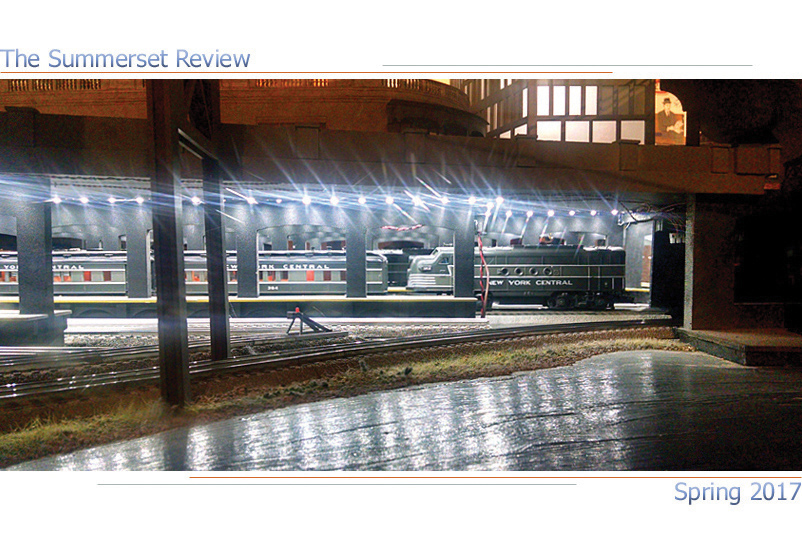
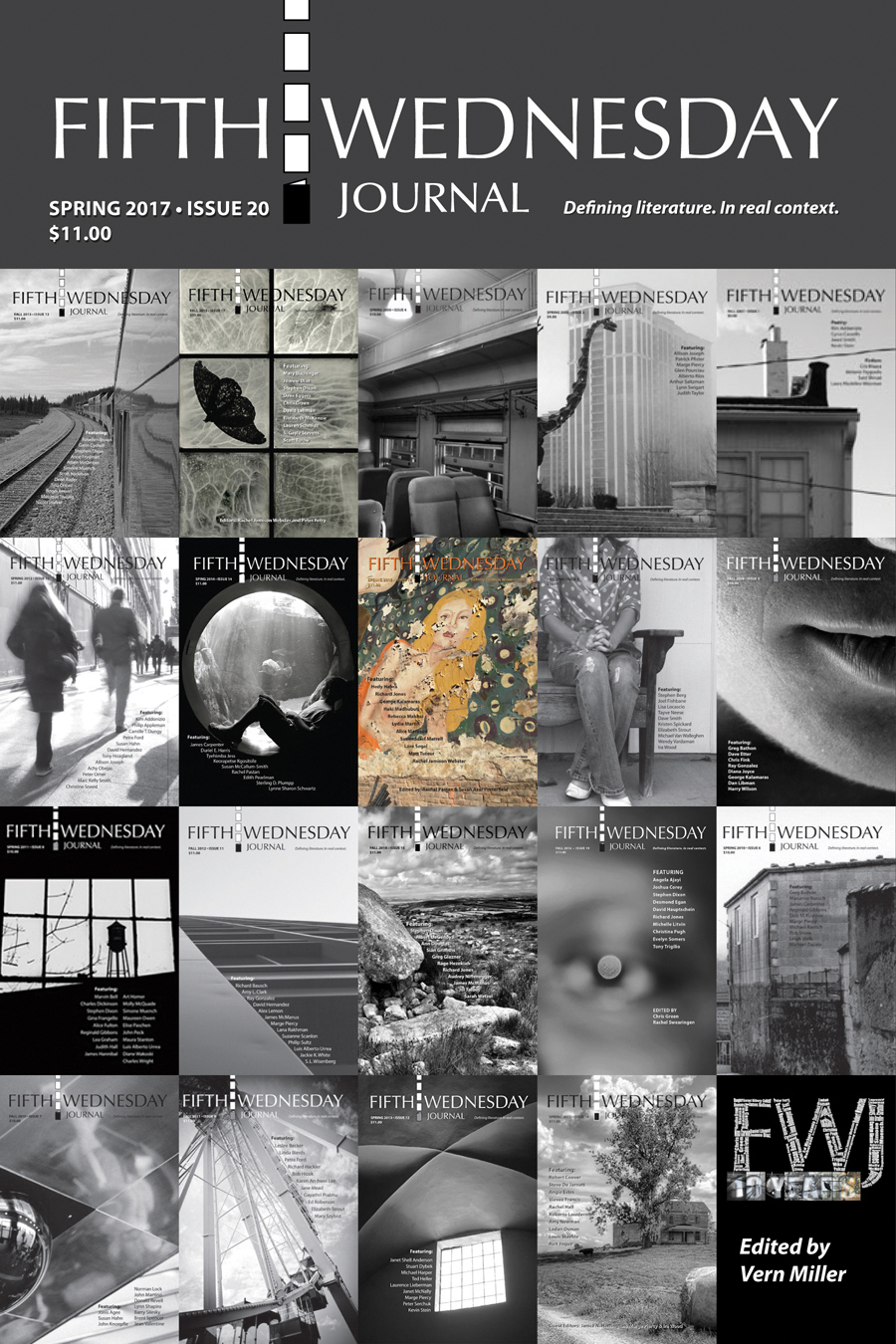

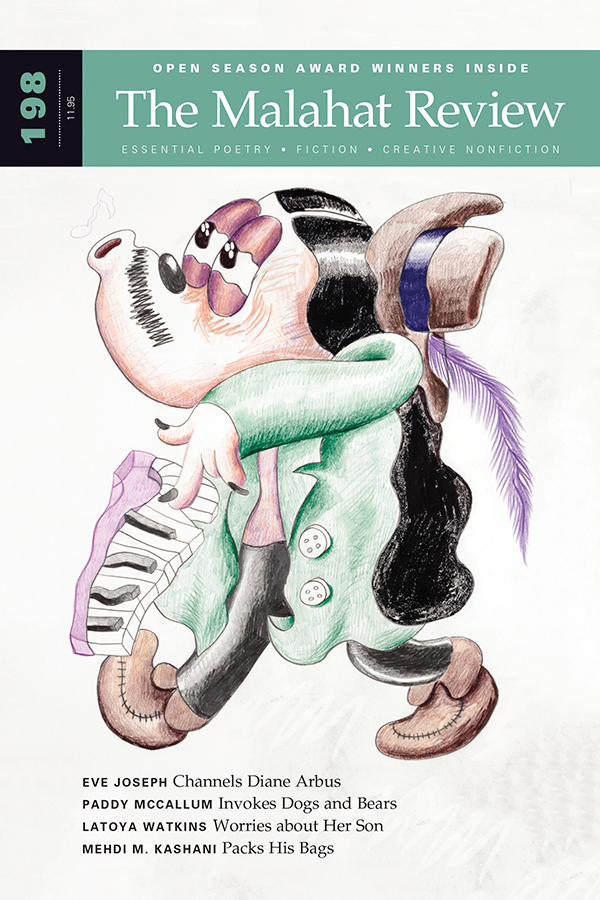
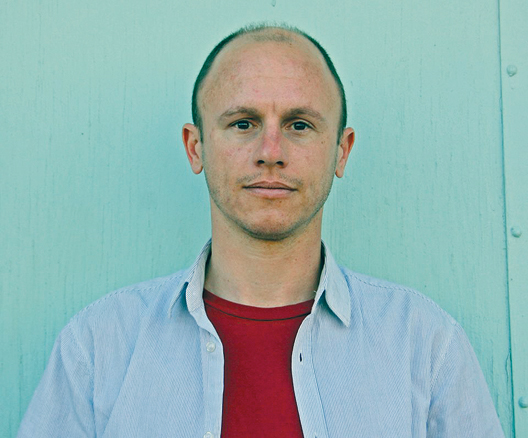 When I find journals that run essays containing bad behavior, deep reflection, and curse words, I send to them,” says Aaron Gilbreath, who published nearly every essay in his debut collection,
When I find journals that run essays containing bad behavior, deep reflection, and curse words, I send to them,” says Aaron Gilbreath, who published nearly every essay in his debut collection, 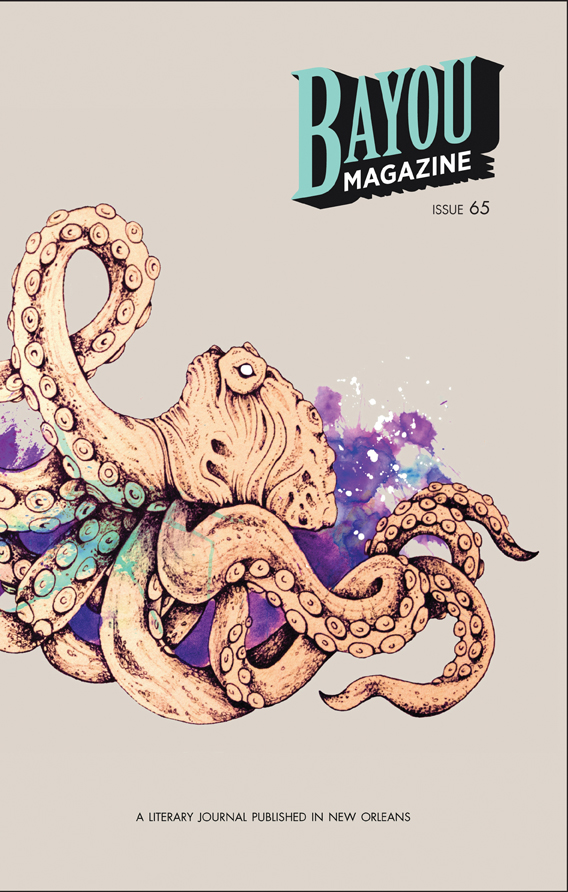 “Lit mags feel like old-school garage bands to me. When they aren’t tethered to commerce or some sales team’s expectations, they can focus on delivering highly charged, less commercial creations to a dedicated audience,” says Gilbreath, who seems to have found this in the New Orleans–based print biannual Bayou (
“Lit mags feel like old-school garage bands to me. When they aren’t tethered to commerce or some sales team’s expectations, they can focus on delivering highly charged, less commercial creations to a dedicated audience,” says Gilbreath, who seems to have found this in the New Orleans–based print biannual Bayou (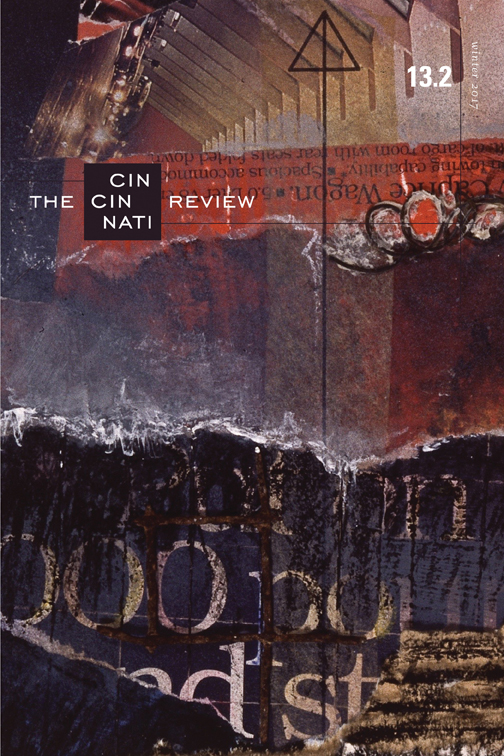
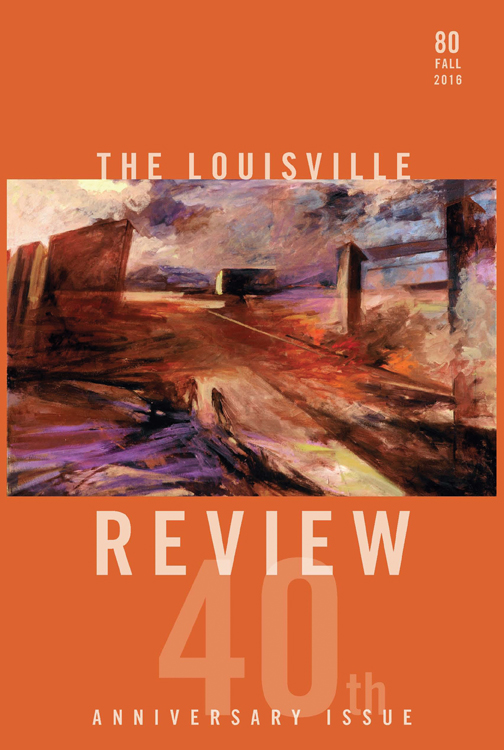 The closing essay of Gilbreath’s collection, “(Be)Coming Clean,” first appeared in the Louisville Review (
The closing essay of Gilbreath’s collection, “(Be)Coming Clean,” first appeared in the Louisville Review ( “When I wrote an essay about sleeping in my car and stealing hotel breakfasts in order to see bands play on a limited budget, and questioning my parental potential,” says Gilbreath, “the Smart Set immediately came to mind.” The Smart Set (
“When I wrote an essay about sleeping in my car and stealing hotel breakfasts in order to see bands play on a limited budget, and questioning my parental potential,” says Gilbreath, “the Smart Set immediately came to mind.” The Smart Set (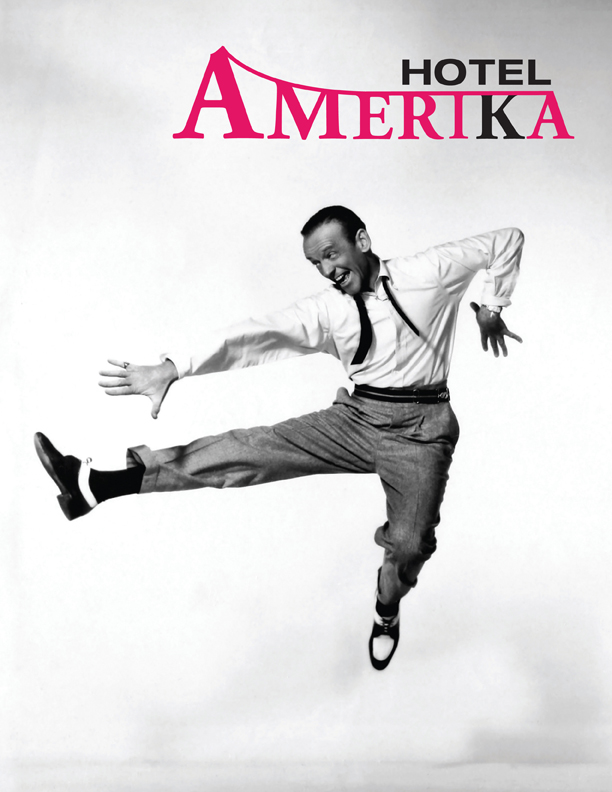 According to its editors, the print annual Hotel Amerika (
According to its editors, the print annual Hotel Amerika (